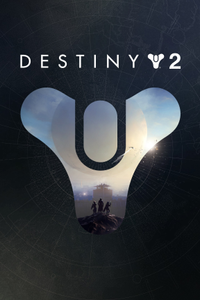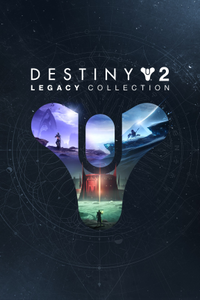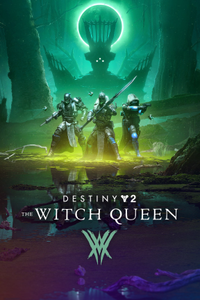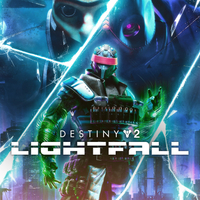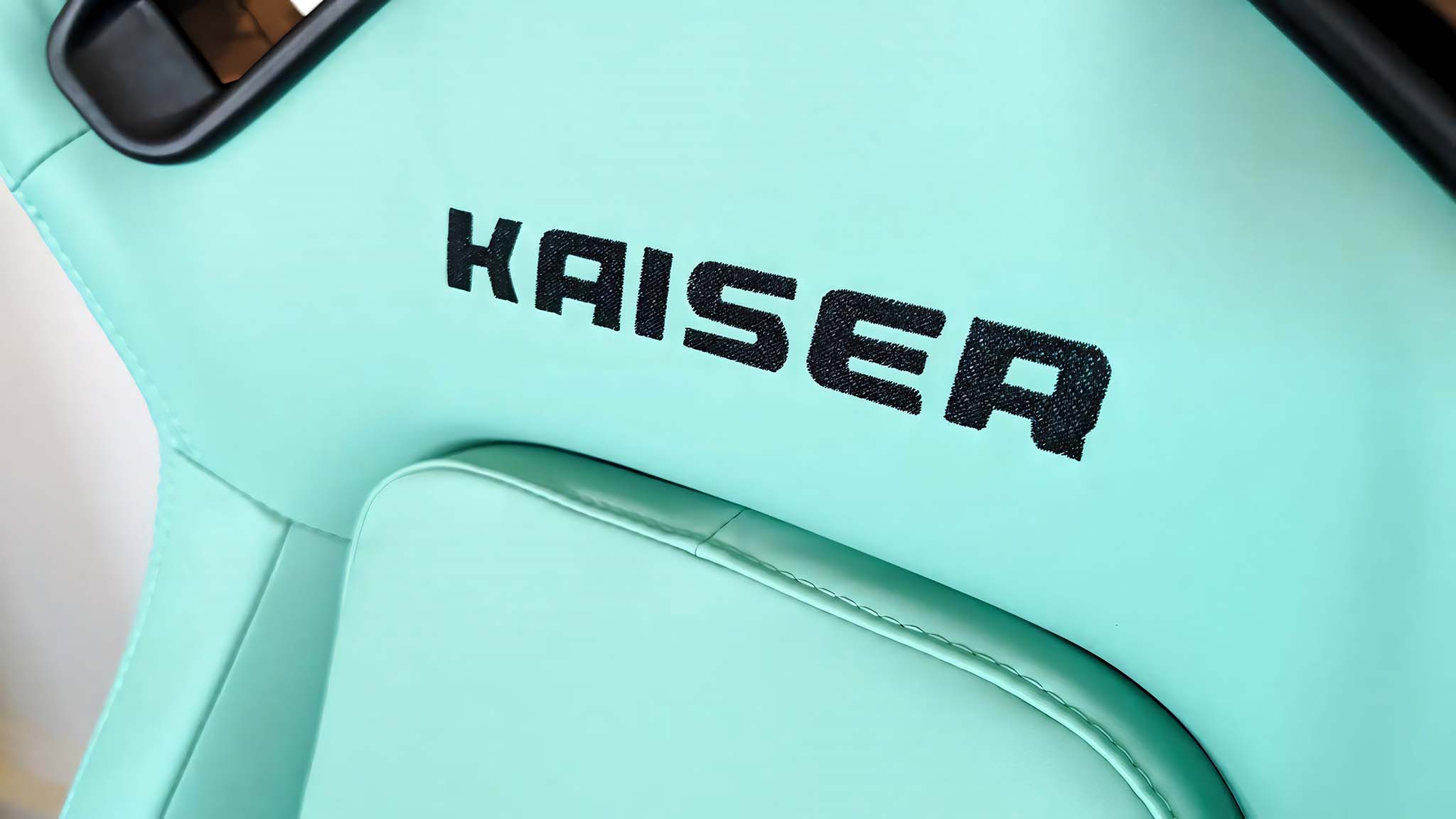Destiny 2 beginner's guide: How to get into Destiny in 2025
Getting started with Destiny 2 can be daunting right now, but this information will make it a lot easier to jump in.
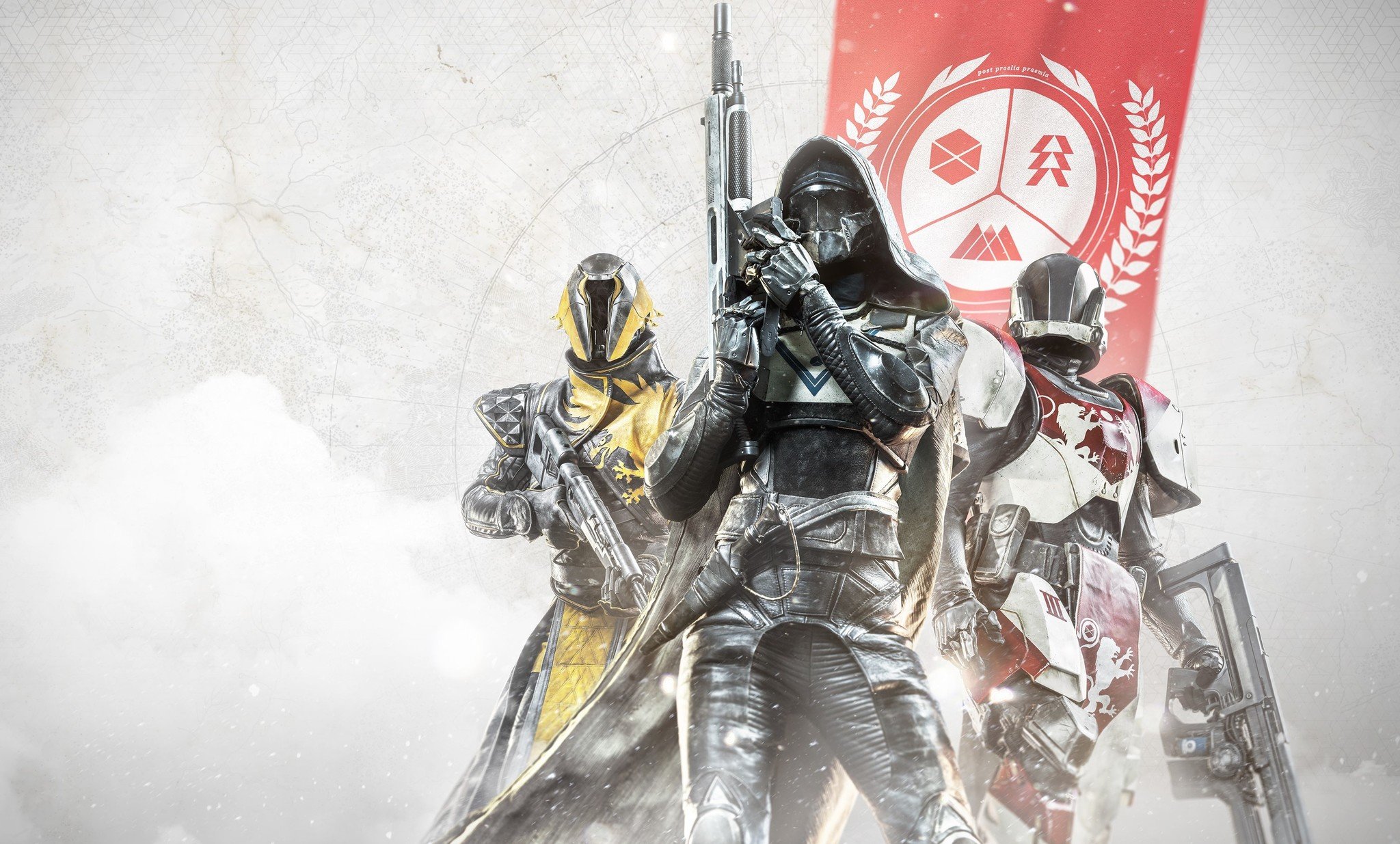
Destiny 2 has been out for over five years, but the ongoing multiplayer looter shooter is stronger than ever, thanks to a continuous stream of updates. The game's annual expansions have reshaped the game, while seasonal offerings have filled the gap with new activities, heaps of loot, and some intertwined stories. The meta is constantly shifting, and with recent "3.0" reworks to the game's subclasses, players have more ways to craft and customize their Destiny 2 builds.
However, the game's new player experience remains somewhat lacking. Though it has improved, the game still doesn't do enough to guide new players through the fundamentals of Destiny 2's gameplay and systems.
If you're someone that wants to get into Destiny 2, but you're not sure how to get started, don't worry — we're here to help. In this guide, we'll go over everything you need to know (and do) to get started off on the right foot, as well as some tips to make your first foray into the Destiny universe a little easier.
Which version of Destiny 2 should I buy?
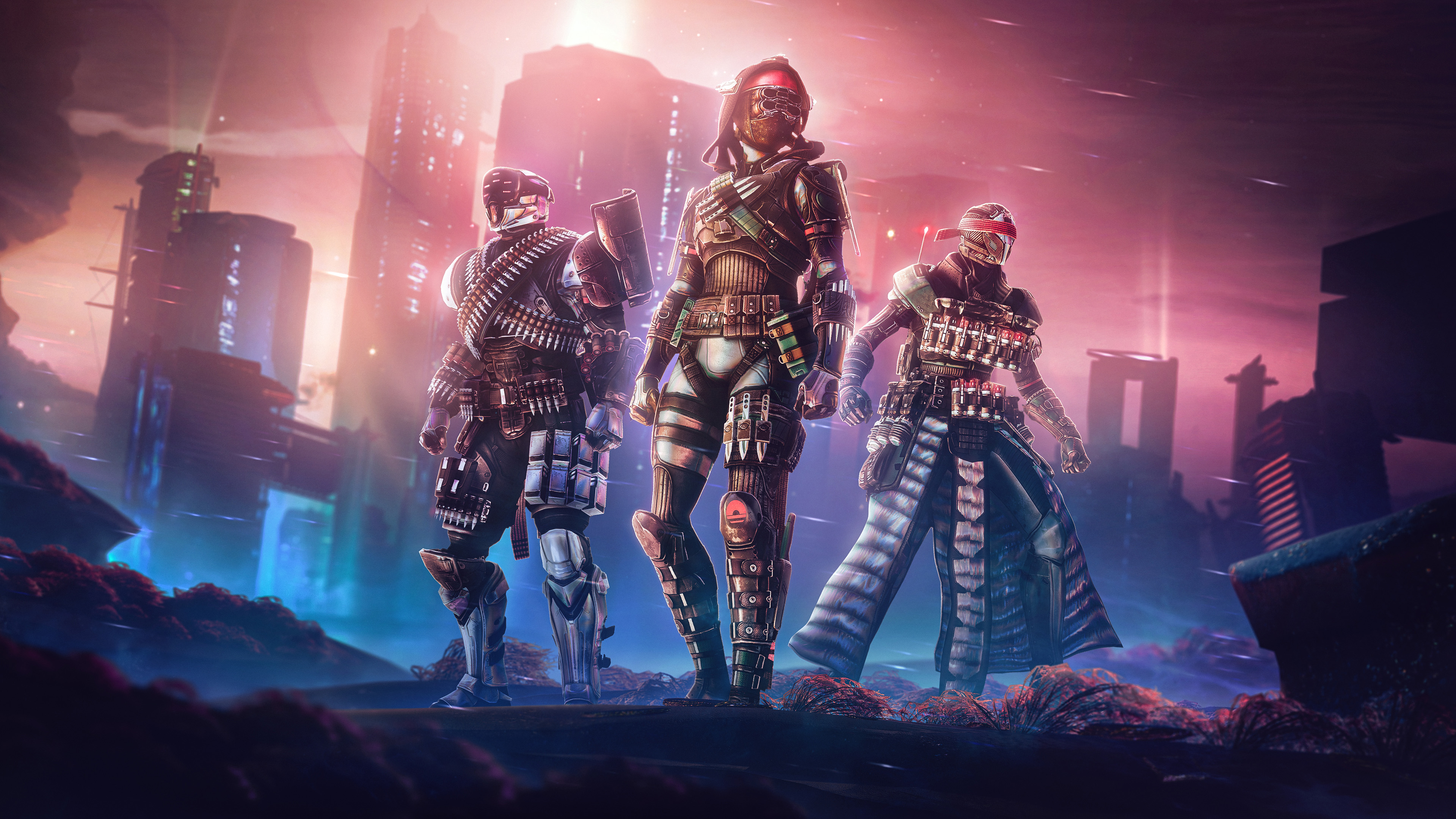
While Destiny 2 first launched as a paid sequel to the original Destiny in 2017, the game has since received a series of overhauls, with new expansions introduced and older content removed. The base game is now available on console and PC as an entirely free-to-play experience, providing access to all the fundamentals of Bungie’s hit shooter.
Destiny 2 (Free-to-play)
Get started with Destiny 2’s zero-cost base game. While the free-to-play base game is missing many of the greatest moments, it’s an easy way to start your adventure, grind for some loot, and get a taste of what Destiny is all about.
See at: Xbox Store | PlayStation Store | Steam (PC)
Those just getting started with Destiny 2 also easily catch up on what they’ve missed with Destiny 2: Legacy Collection, providing an all-inclusive bundle geared toward newcomers. This package grants access to content from the previous Beyond Light, Shadowkeep, and Forsaken expansions, providing a solid foundation for any budding New Lights.
Destiny 2: Legacy Collection
This three-piece bundle contains a solid foundation for Destiny 2 beginners in 2022. The Legacy Collection includes a great recap of the story so far, with access to more activities, Raids, and previous gear. It also provides access to Statis, a pivotal edge for those wanting to tackle Destiny’s toughest endgame content.
See at: Xbox Store | PlayStation Store | GMG (PC)
Destiny 2’s latest The Witch Queen expansion grants access to the best of 2022’s biggest update yet, introducing a bespoke campaign, a new Raid, exclusive activities, plus a ton of powerful gear. While it’s only available as a standalone purchase, it’s a great way to experience the latest of what Bungie’s shooter has to offer.
Destiny 2: The Witch Queen Expansion
Picking up The Witch Queen removes a ton of barriers for those who want everything Destiny 2 has to offer, with access to the latest story content and activities, ahead of Lightfall’s release in February 2023.
See at: Xbox Store | PlayStation Store | GMG (PC)
Destiny 2: Timeline and the story so far
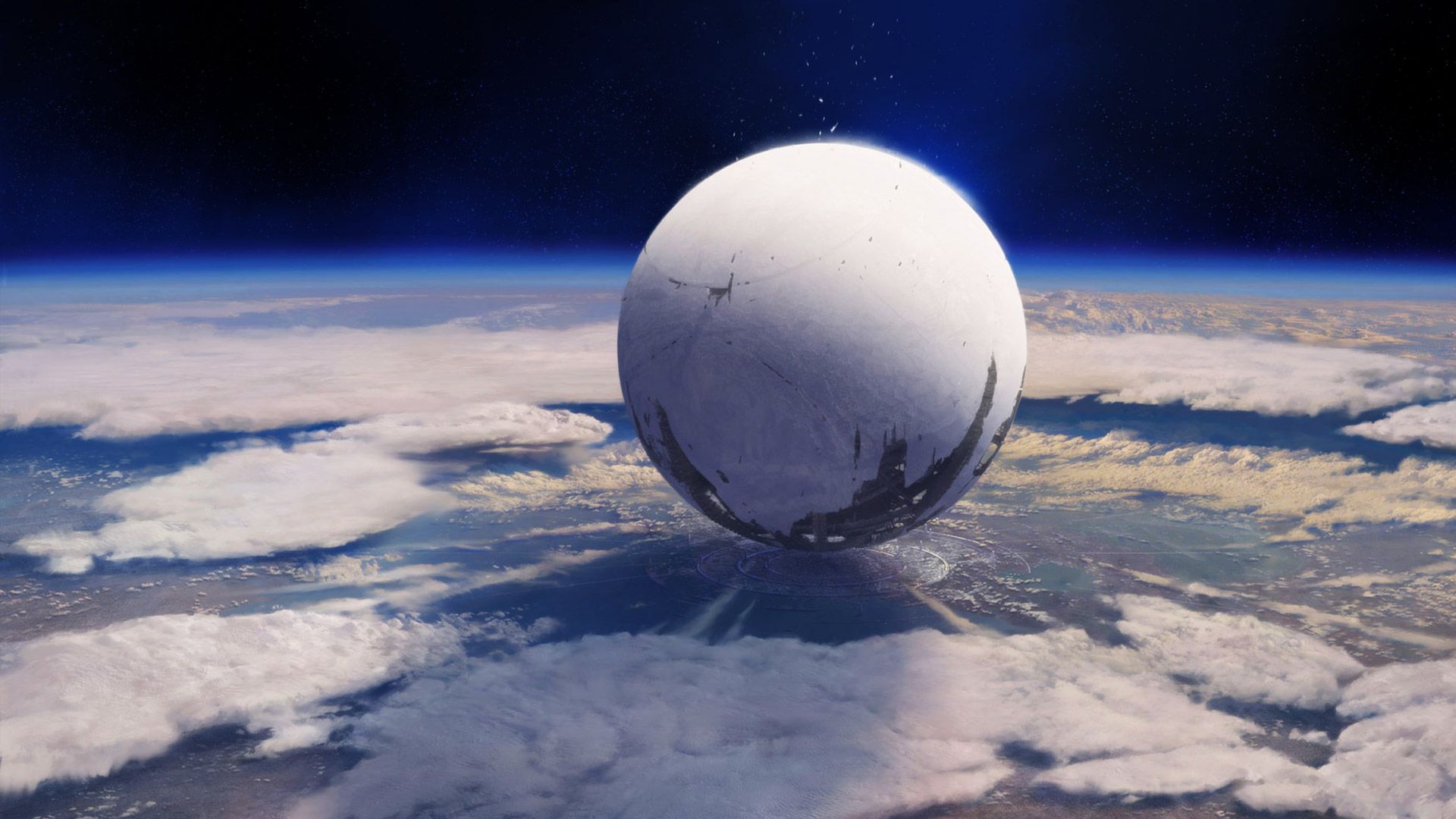
While the intro cinematic when you first launch Destiny 2 does a solid job of introducing players to the main themes and concepts of its story, it doesn't go into many specifics from past games and expansions. If you're interested in learning more about the story up to the content that's playable to date, this section is for you.
Get the Windows Central Newsletter
All the latest news, reviews, and guides for Windows and Xbox diehards.
Background
The Destiny universe begins in the present day when humanity discovers the Traveler, a mysterious paracausal entity that travels the universe and empowers civilizations it considers worthy against invading forces. Our civilization entered a period of incredible prosperity called the Golden Age as a direct result. During the Golden Age, humanity rapidly spread throughout the Solar System, colonizing and terraforming moons and planets while tripling our lifespan thanks to a surge of medical and technological advancement.
However, this period of glory and grandeur didn't last. Eventually, the Darkness, another force directly opposing the Traveler, found us and attacked. Even with the Traveler's empowerment, we couldn't stop the Darkness' Black Fleet of "Pyramid" ships from pushing us to the brink of extinction. The Golden Age ended, and the Collapse began.
When all hope seemed lost, however, the Traveler released a massive pulse of energy that forced the Darkness back to the edge of the Solar System, saving us from total downfall. This caused great damage to the Traveler, which released thousands of small sapient machines called Ghosts before falling into a comatose-like state. These Ghosts resurrected fallen members of humanity's civilization throughout the system, wiping out all of their past memories but imbuing them with the power of the Traveler's Light energy. These individuals were known as Risen — the first Guardians.
Immediately following the Collapse, a new Dark Age began. During this period, humanity suffered greatly as different factions of Risen called Warlords fought with one another over petty territory disputes instead of working together to help civilization recover from the Darkness' attack. Eventually, though, an order of Risen called the Iron Lords rallied the Risen under one banner and executed the Warlords permanently by killing them and their Ghosts. These Risen, now given the title of Guardians, then came together to build the Last City, a sprawling metropolis below the Traveler with heavily-fortified walls. This began the City Age, which includes all of the events from the Destiny games, centered around humanity's last stand on Earth.
The original Destiny story: What you missed
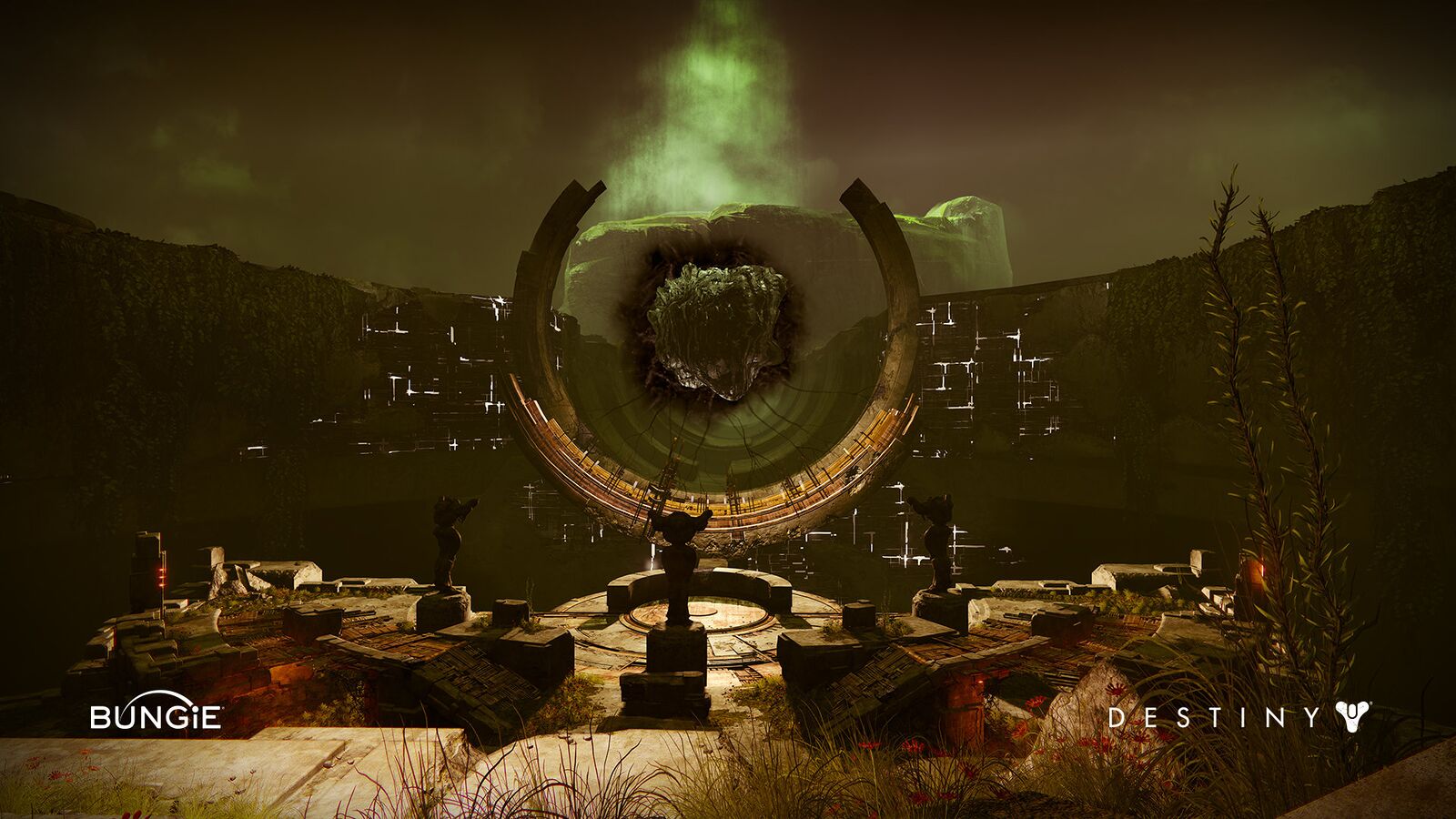
In the first Destiny game, players awoke as a Guardian in the Cosmodrome, a shipyard located in Old Russia on Earth. From here, they eventually found a ship and made their way to The Last City, learned what it meant to be a Guardian, and began to conduct operations against humanity's enemies.
First, there was the Fallen, a race of four-armed aliens called Eliksni that used to be empowered by the Traveler but were abandoned by it when the Darkness attacked them, leading to a catastrophic Collapse-like downfall for their civilization called the Whirlwind. Angry that the "Great Machine" chose to stand by humanity instead of the Eliksni, the Fallen moved against us to be recognized by the Traveler. Then, there was the Hive, a Darkness-worshipping species that lives by the "Sword Logic," a doctrine in which Hive soldiers can only survive and grow stronger by killing other creatures to feed the worm inside of them, lest the worm eventually decides to consume them instead. There's also the Vex, a robotic species that seeks to control the universe by converting everything and everyone into part of its AI machine network, and the Cabal, a warmongering empire of brutish aliens that seeks to conquer every system it enters.
Players encountered each of these factions throughout the base Destiny campaign, eventually entering a hidden Vex realm called the Black Garden and destroying the Black Heart, an entity associated with the Darkness that was sapping the Traveler's strength and was guarded by a unique sect of Darkness-worshipping Vex called the Sol Divisive. In The Dark Below DLC, players entered the depths of the Moon and slayed a Hive prince named Crota. Then, in the House of Wolves expansion, players worked with Mara Sov — the queen of the Awoken, a unique race of individuals formed during the Collapse that manifest both Light and Darkness — to hunt down a house of Fallen called the House of Wolves and its leader, Skolas.
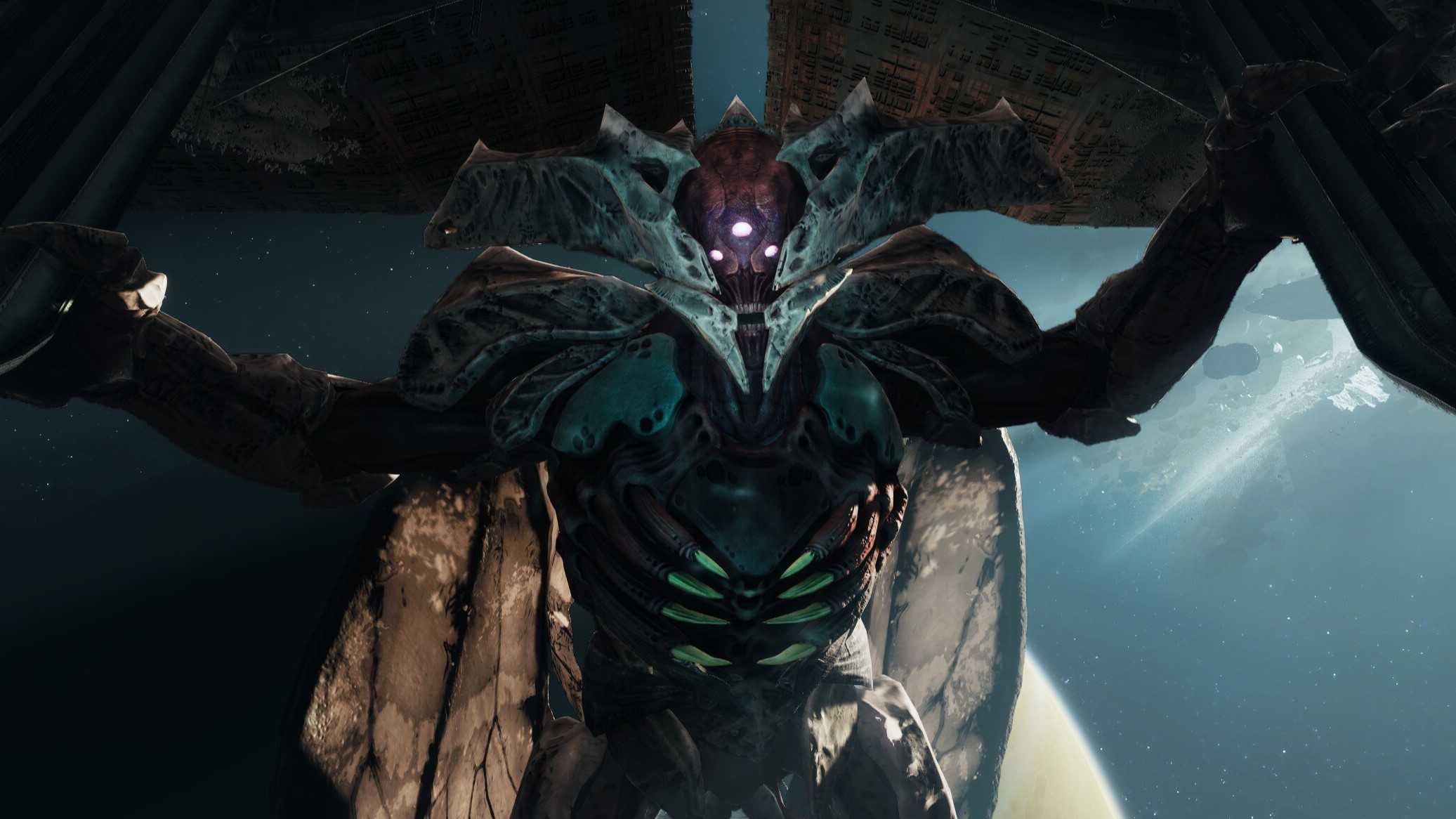
In the next expansion, The Taken King, a Hive God named Oryx entered the system. Oryx was Crota's father and was hellbent on getting revenge against the Guardians for killing his son. Oryx possessed the unique ability to Take, causing enemies from all of Destiny's other factions to give themselves over to the Darkness and return as corrupted Darkness-powered husks of their former selves called the Taken. After devastating the Awoken's fleet of ships and seemingly killing Queen Mara Sov, Oryx began to conquer the system with his Taken forces. Working with other Guardians, a former Guardian and Hive expert named Eris Morn, and the leader of the Hunters Cayde-6, players boarded Oryx's Dreadnought and executed him. This left all surviving Taken directionless, eliminating the threat for the time being.
The story of the original Destiny ended with its final DLC, Rise of Iron. In this expansion, players were introduced to SIVA, an ancient nanite technology found deep in the bowels of the Cosmodrome that was used by a Golden Age defense AI "Warmind" called Rasputin. When the Iron Lords attempted to steal SIVA and use it to better human civilization during the early City Age, Rasputin used it against them. Following the events of The Taken King, the Fallen House of Devils became aware of SIVA and broke into the bunker where it was contained. The Devils and their leader, Aksis, began using SIVA to transform into machine gods. One of the last surviving Iron Lords, Lord Saladin, went to the Last City's Vanguard for help quelling the threat. Players later entered the lair of the Devils, killed Aksis, and neutralized SIVA for good.
Destiny 2: What you missed (and what has been removed)
For the story of Destiny 2, we'll go over the events of the base game and past expansions up until the part of the story that's currently playable in-game.
The Red War
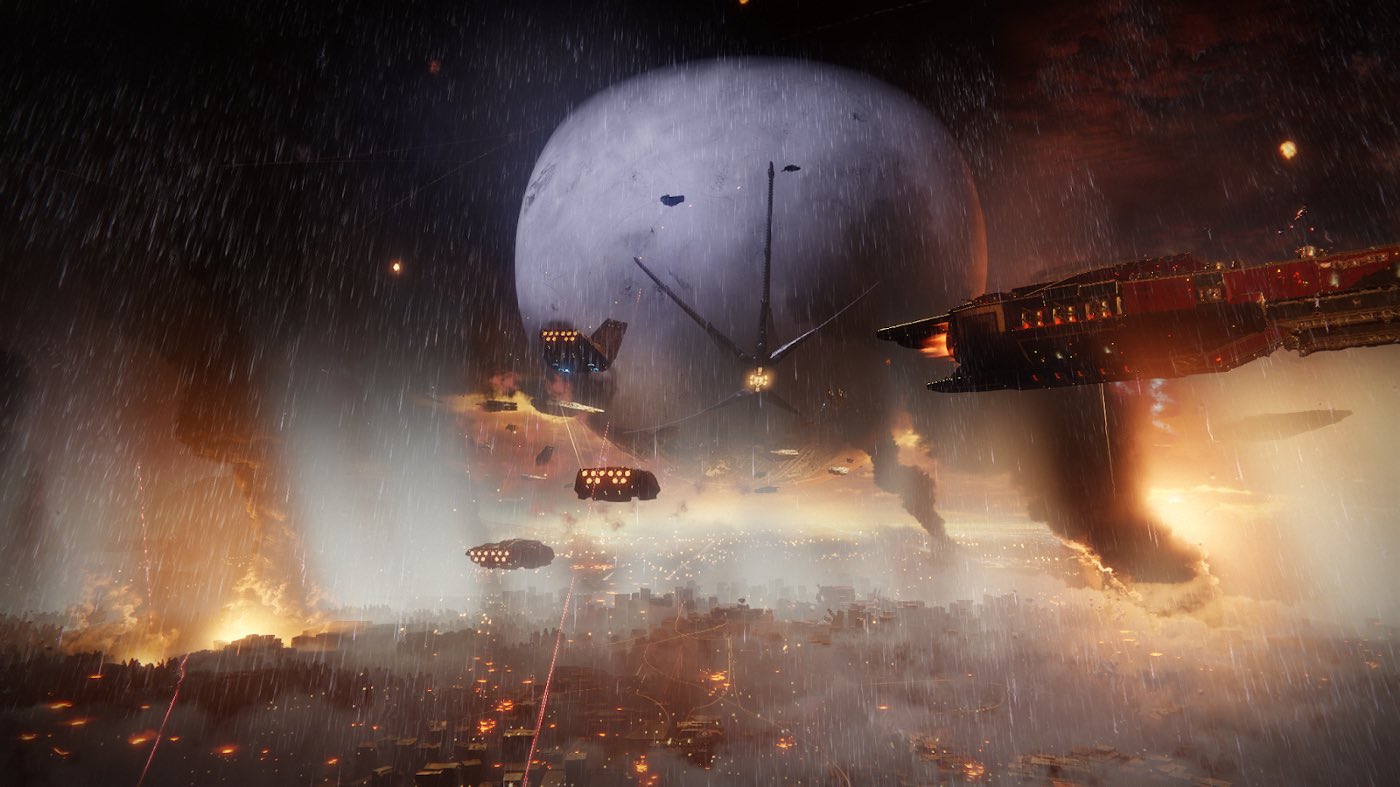
Destiny 2 began with the start of the Red War, which was kicked off by the vicious Red Legion of Cabal led by the fearsome Dominus Ghaul. Catching the Guardians of the Last City off-guard with a massive surprise attack, the Red Legion managed to conquer the Last City and neutralize the Traveler's Light with a special energy cage. This cut off Guardians from their main source of power, leaving humanity defenseless.
As the survivors retreated to nearby worlds as well as fallback positions on Earth, players managed to get their Light back by traveling to a shard of the Traveler located in the EDZ. Throughout the Destiny 2 campaign, they began to mount a comeback against the Red Legion, slowly reclaiming lost territory and eventually mounting an assault to retake the Last City. In Ghaul's final moments, the Traveler wakes up for the first time since the Collapse, releasing a pulse of Light energy so powerful that it shattered the Red Legion's energy cage around it and even caused damage to the frame of the Traveler itself. In the campaign's post-credits scene, players were shown how the pulse of Light eventually reached the dormant Darkness ships on the edge of the system, which then began to move towards the Solar System.
At the end of the Red War, the a mighty Cabal leader named Emperor Calus also invited us to his gargantuan vessel, the Leviathan. Fascinated by our paracausal powers, he offered great rewards to us for completing his challenges and tests.
Curse of Osiris
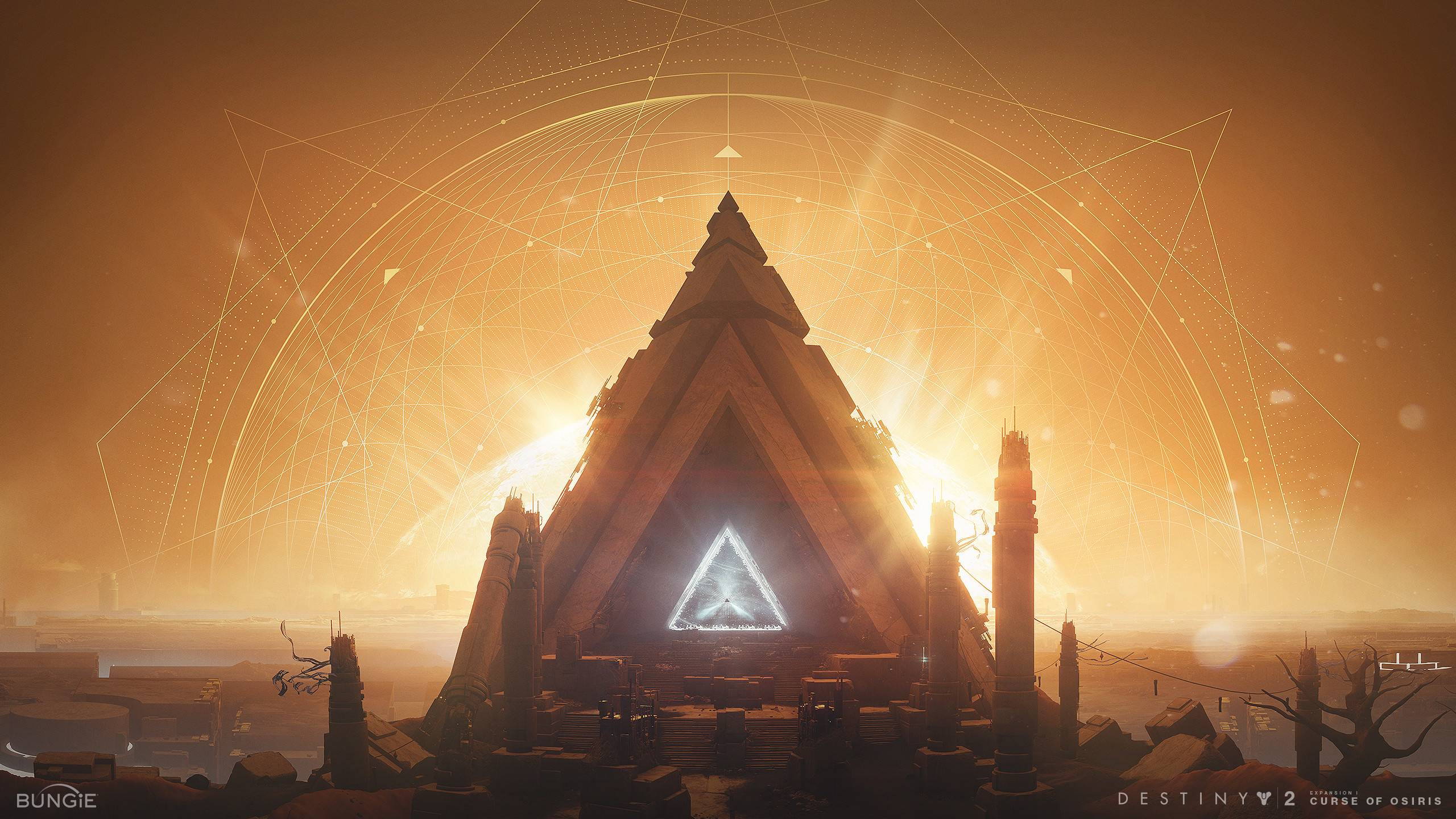
Destiny 2's first expansion, Curse of Osiris, saw players travel to Mercury to help the legendary Warlock Osiris stop the Vex from calculating a way to successfully conquer the universe with the Infinite Forest simulation engine. Alongside Ikora Rey and Osiris, players battled and defeated Panoptes, a powerful Axis Mind that oversaw the Infinite Forest. With the threat stropped, Osiris chose to stay on Mercury to study the Infinite Forest.
Calus also invited us back to the Leviathan during this expansion, tasking us with defeating the massive and dangerous Vex mind Argos, Planetary Core after it became lodged in the ship's engine. Once again, we were rewarded by the Emperor for our efforts.
Warmind
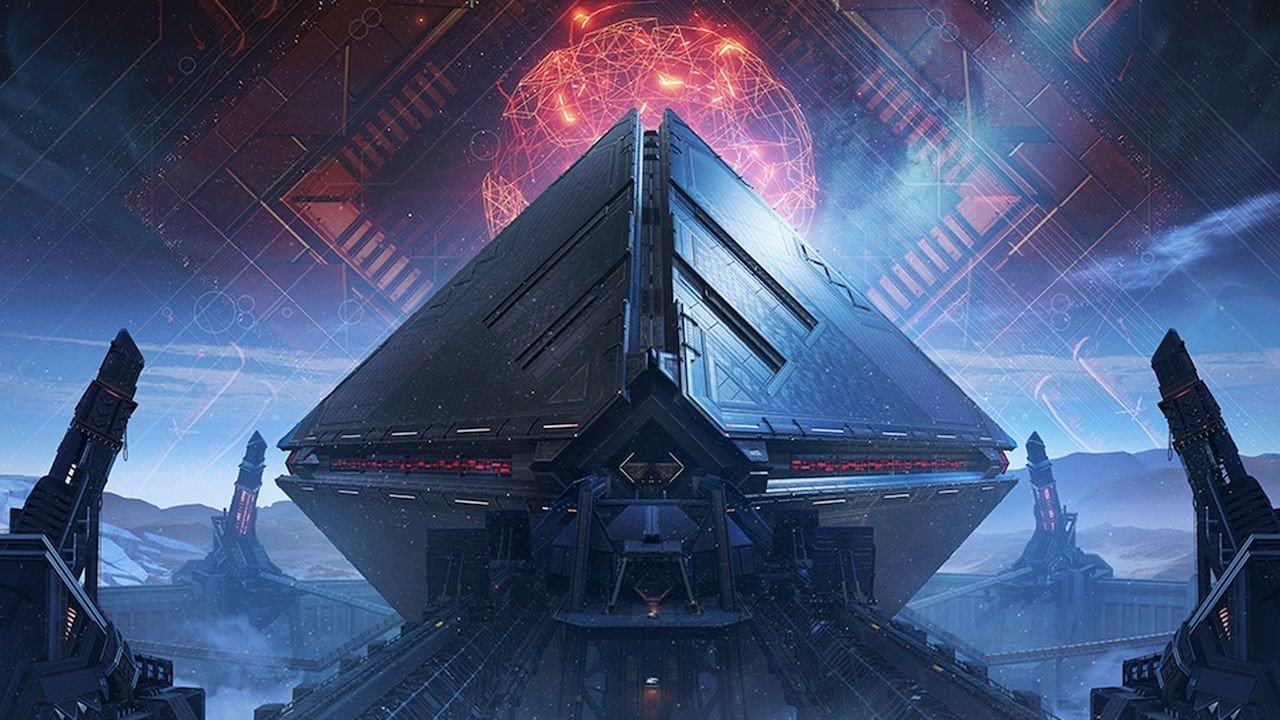
In the next expansion, Warmind, players traveled to Mars and worked with the fabled Hunter Anastasia Bray and the Warmind Rasputin to stop the Hive Worm God Xol and its forces, which were recently revealed to be frozen underneath the Hellas Basin on the planet but had begun to break free. During the DLC's campaign, players kill both Xol as well as Nokris, a son of Oryx's who was banished due to his practice of necromancy, which is considered heresy by the Hive (the Sword Logic dictates that those who deserve to exist will prove it by killing others; resurrecting those who have been killed goes against this principle). At the end of the story, Rasputin committed to defending humanity again for the first time since the Collapse, though it established that it would do so on its own terms.
Emperor Calus asked us to return to the Leviathan one more time following these events, as the remnants of the Red Legion, led by its new de facto leader Val Ca'uor, assaulted the vessel in an effort to kill Calus and his troops and take the ship for themselves. After repelling Ca'uor and his forces, we were lavishly rewarded.
Forsaken
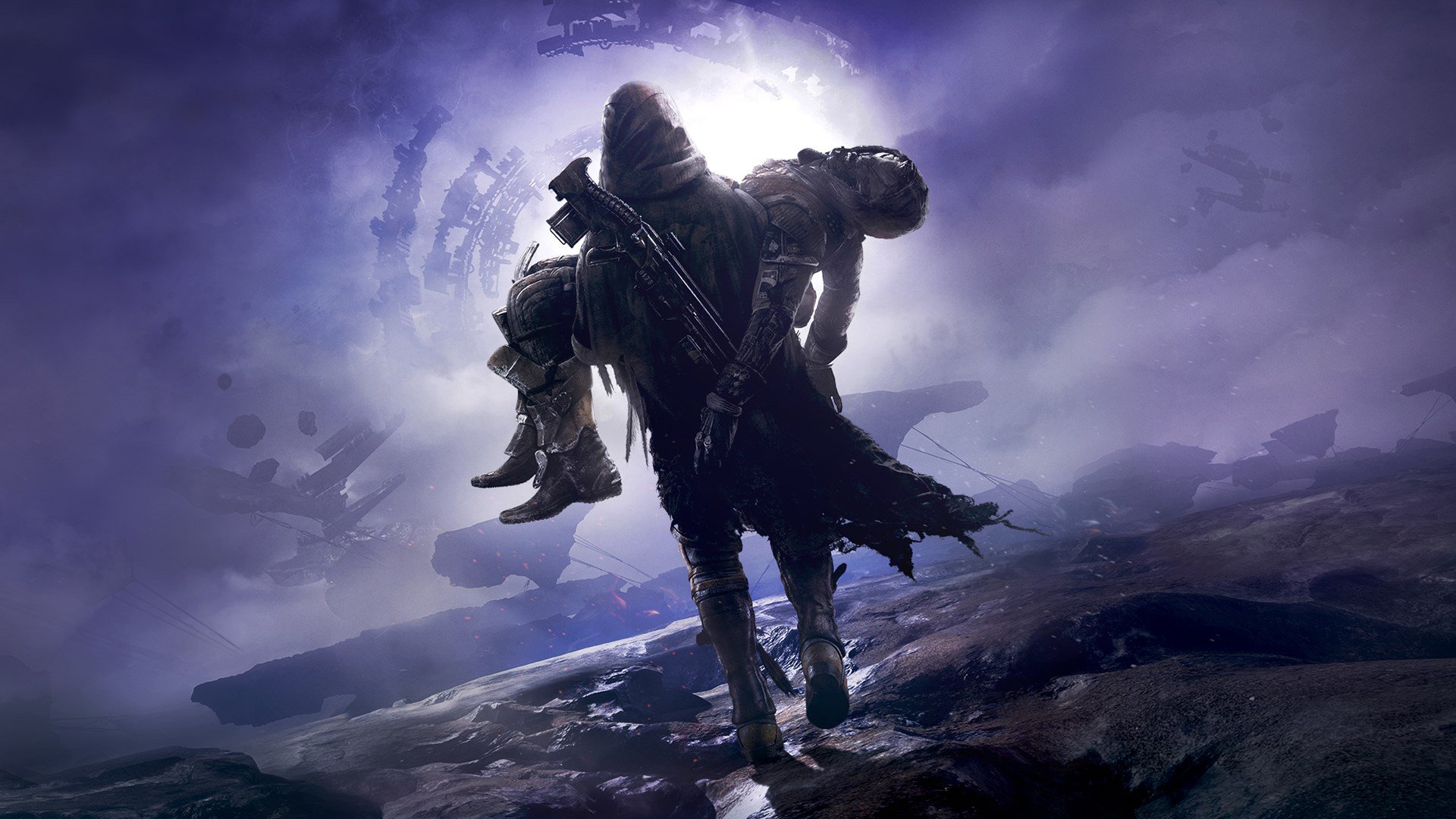
The Forsaken DLC is much more complex than previous expansions in terms of narrative, but here, we'll stick to a broad overview. The Forsaken story begins with a riot at the Prison of Elders, a containment facility maintained by the Fallen House of Judgement that houses various criminals from different species and factions.
This riot was started by the Scorn, a new faction of zombie-like Fallen reanimated by Ether (a substance Fallen need to survive) tainted by Darkness. The Scorn were created by Uldren Sov, Queen Mara Sov's brother. He desired to see his missing, potentially-dead sister again but was corrupted and manipulated by a magic space dragon called Riven that granted wishes monkey paw-style (the lore in this DLC goes deep). The player attempts to stop the prison break alongside Cayde-6 and Queen Mara Sov's Regent-Commander, Petra Venj. Unfortunately, this attempt failed, and Cayde-6 was slain by Uldren Sov and his Scorn Barons.
Players then embarked on a revenge mission on The Tangled Shore, an asteroid wasteland near Awoken space that the Scorn were attempting to take over. Working with both Petra and The Spider, a criminal Fallen gangster that wished to get the Scorn out of his territory, Guardians hunted down each of the Scorn Barons and, eventually, Uldren Sov himself. They then kill Riven as well, putting an end to the wish dragon.
Forsaken's story concludes with a Ghost scanning Uldren's body and ultimately choosing to resurrect him as a Guardian. Known now as Crow, the memoryless and confused New Light is ultimately left to try and navigate a world in which he's known as the person who murdered the beloved Guardian Cayde-6.
Shadowkeep, Beyond Light, and The Witch Queen
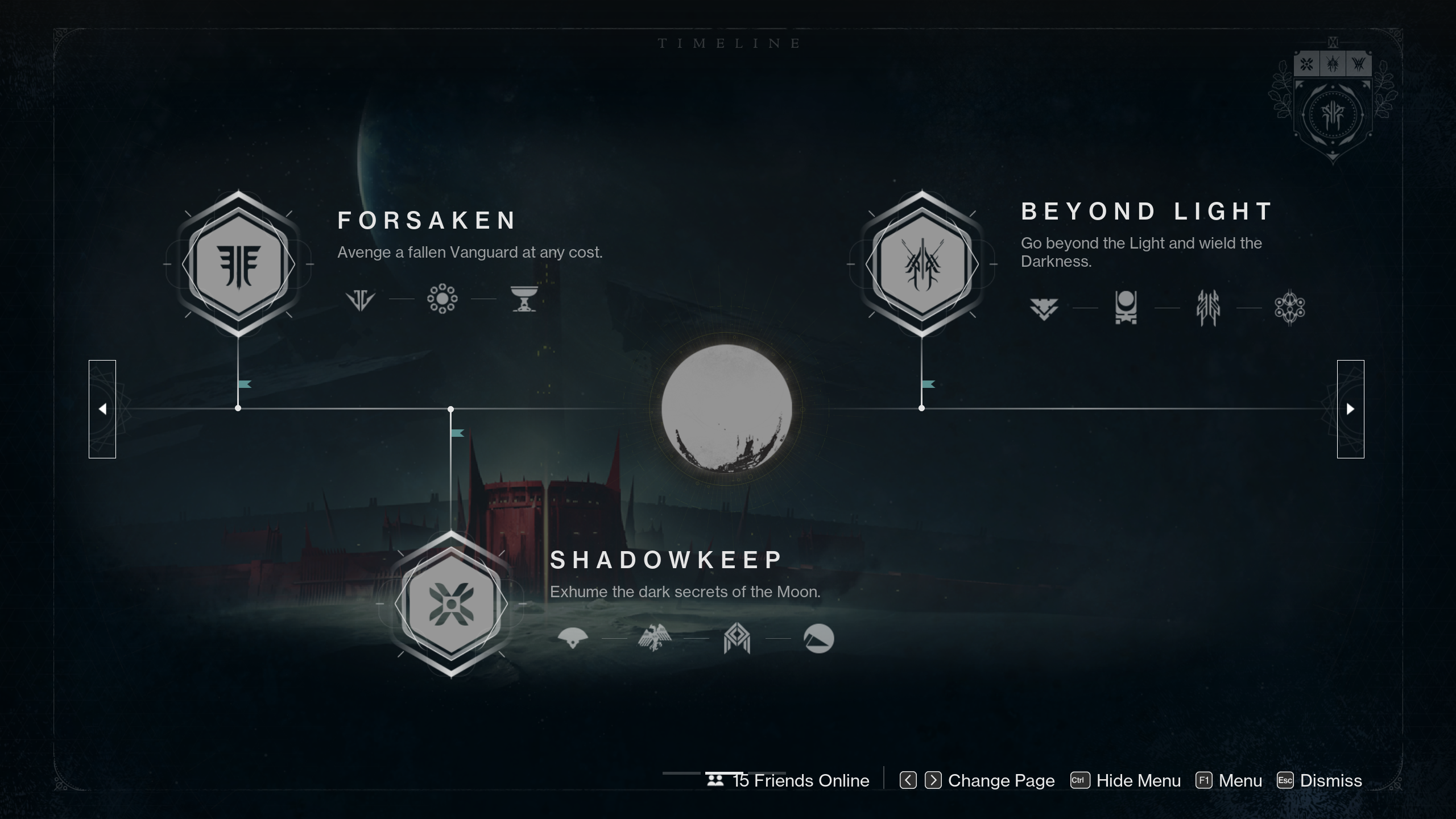
All of the story expansions after Forsaken, including Shadowkeep, Beyond Light, and The Witch Queen, are fully playable in Destiny 2, so we won't go over them here since they're something you should experience in-game. Expect tales centered around the return of the Black Fleet, the emergence of a Darkness power named Stasis and the Fallen House of Salvation that's capable of wielding it, and the rise of Oryx's sister Savathûn and her Hive Risen, the Lightbearing Lucent Brood.
If you're interested in checking out the story beats from previous Destiny 2's seasons, check out the Timeline screen that you can access in the top right of the Destinations tab once you get into the game. In addition to providing a broad overview of each DLC, this screen also has sections dedicated to each of the four seasons that release between the game's annual expansions.
Destiny 2: Which class should you play?
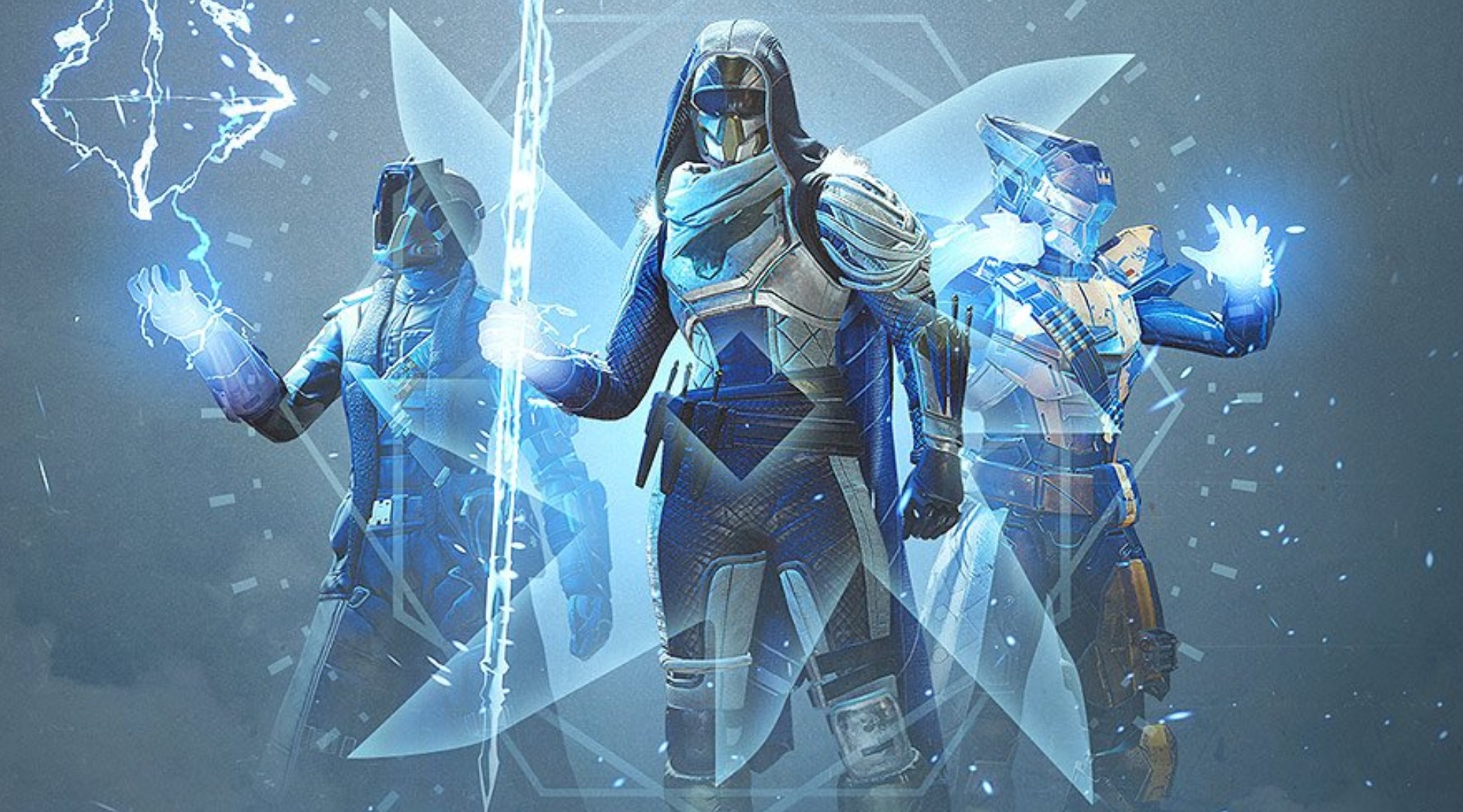
Picking a class is the first thing to do in Destiny 2. Each class has different types of jumps and melee abilities, and each one also has "Supers." Supers are ultimate abilities that take a while to charge but dramatically impact combat, giving you damage resistance while active. Some Supers allow you to wipe out crowds of enemies or deal incredibly high direct damage to bosses, while others enhance the power of your weapons, rapidly heal you, or protect you and your allies with barriers and overshields.
There are three classes: Titans, Hunters, and Warlocks. Titans are the closest thing Destiny has to tank classes, featuring a skill that lets them place down a protective wall and several abilities focused on damage mitigation. Hunters are like rogues, able to perform a unique dodge, move around quickly, and use abilities to deliver large amounts of burst damage. Lastly, Warlocks are similar to mages, bringing supportive options, such as healing or damage boosts to the table with rifts. Additionally, they also have the highest (and trickiest to learn) jump of the three.
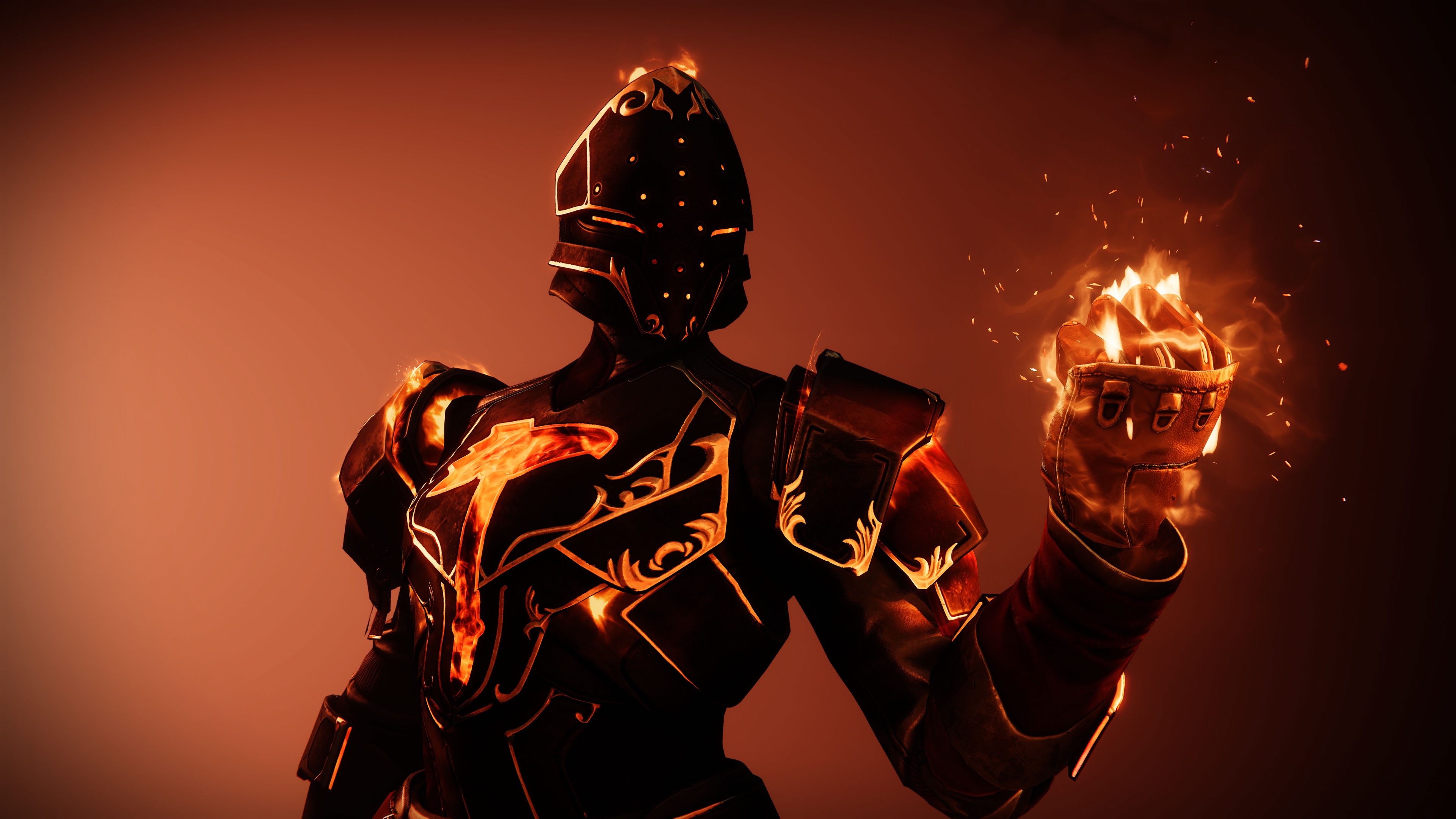
There are elemental subclasses (orange is Solar, blue is Arc, purple is Void, and dark blue is Stasis) for each class, which can be switched to at any time. These subclasses change what your abilities do and give you access to different Supers, so as you play, try them out and see which one suits you best. Access to Stasis requires owning the Beyond Light expansion, beating the campaign, and doing some of the Exo Stranger's quests.
There are also Aspects and Fragments that you can unlock for each subclass that tweaks what they're capable of; all players can get access to Solar, Arc, and Void Aspects and Fragments right away, but you'll need to complete extra steps to obtain Stasis ones. Don't miss our guide on how to get Stasis Aspects and Fragments.
Ultimately, you shouldn't stress about this decision, as you have three character slots. This means you can have one of each class if you want. Plus, all classes can use the same guns, so there's no need to worry about missing out on a cool weapon just because you're a Titan and not a Warlock. All three classes are equally viable in both PvE and PvP, too.
Destiny 2: Combat basics
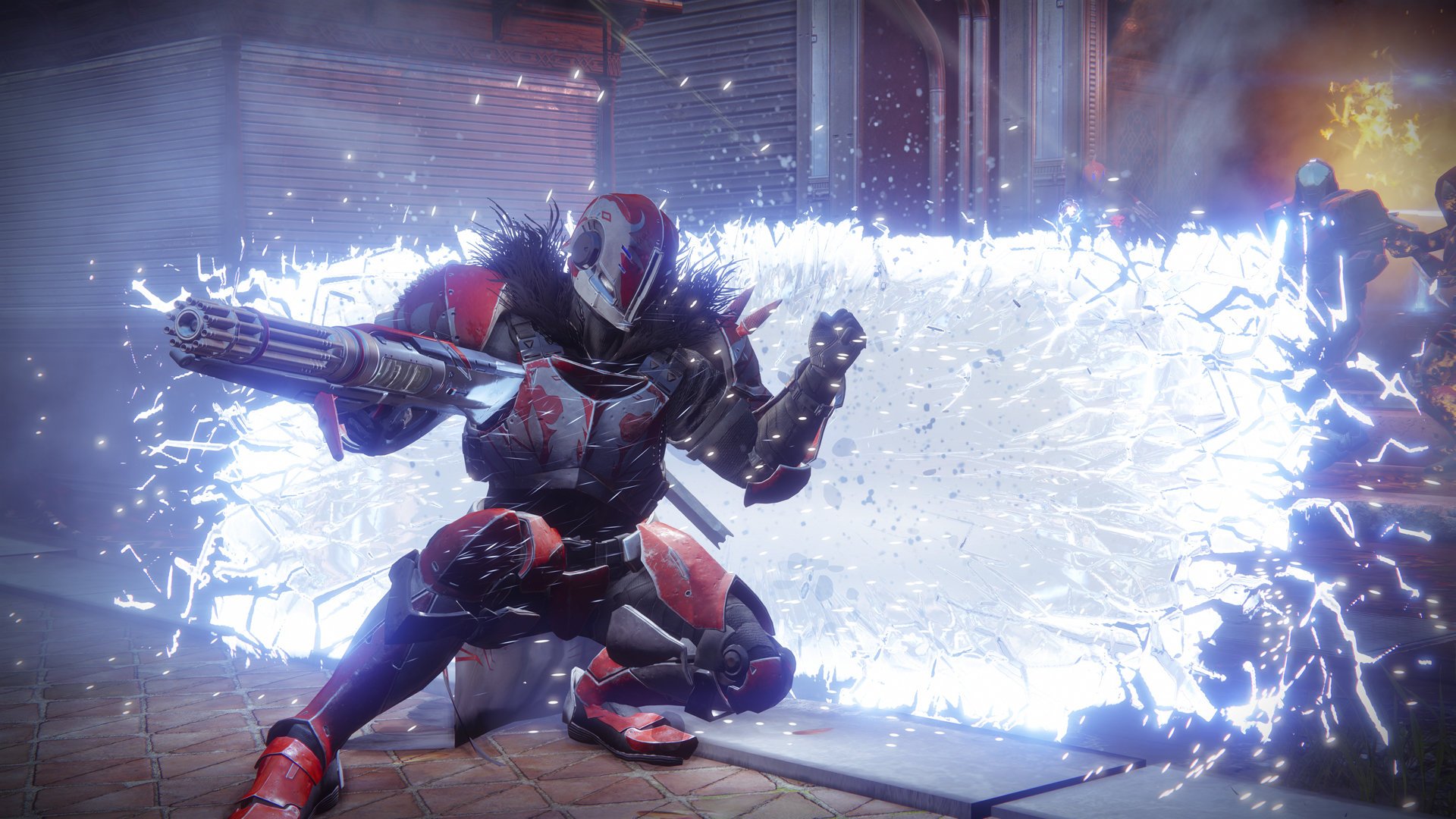
Let's go over the basics of combat before you jump into the game. In Destiny, there are three types of enemy ranks: Minors, Majors, and Bosses. Minors (red health bar) are weak but plentiful, Majors (yellow health bar) are tougher but rarer, and Bosses/Ultras (orange health bar) are the strongest but will usually only be encountered once or twice per session.
In terms of your arsenal, you can wield three different types of guns: Primary (white ammo), Special (green ammo), and Power (purple ammo). Primary weapons come with unlimited ammo but the lowest overall damage, making them ideal "workhorse weapons" for mowing down Minors. Special weapons do higher damage with rarer ammo, making them best used on Majors. Finally, Power weapons are the most powerful, but ammo drops for them the least common. Therefore, you should save Power weapons for usage against Bosses and Ultras or very large groups of Minors or Majors.
If you notice that an enemy has a shield glowing around their body, pay attention to the color of it. Orange means that the shield is weak to Solar damage, blue means its weak to Arc, and purple means its weak to Void. You can use either your subclass abilities or an elemental gun to exploit these weaknesses. When you do, the enemy shield will quickly explode, hurting both the target as well as any enemies near them. Stasis, the element introduced in Beyond Light, is less of a damage tool and more of a crowd control one. You can use Stasis abilities to slow, freeze, and shatter enemies.
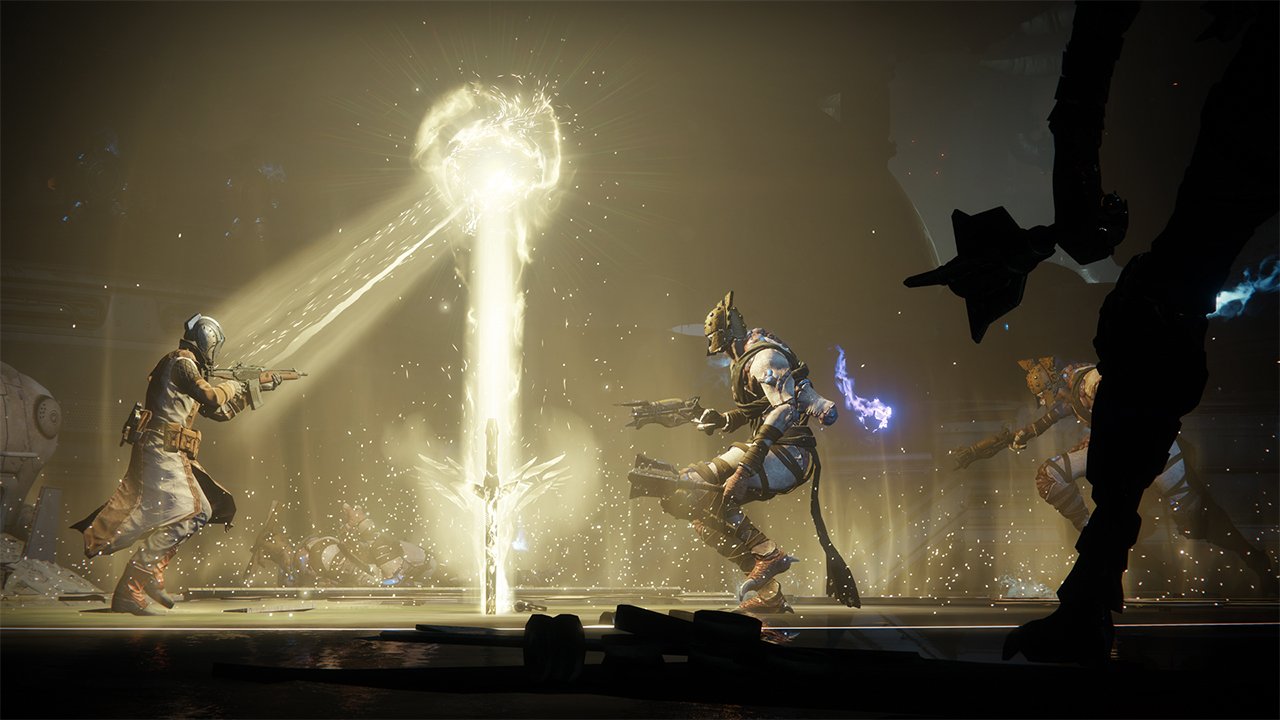
It's also important to weave abilities into the flow of combat. Melee abilities are typically powerful against enemies up close (you can also use them to perform basic punches while they're on cooldown), while grenades are great for clearing out crowds or dealing heavy damage to resilient targets to Majors, Ultras, and Bosses. Your class ability (Titan barricades, Warlock rifts, and Hunter dodges) can be used to keep you and your allies safe or to enhance your damage.
When you notice your Super ultimate ability is ready, it's recommended to save it for one of three situations: damaging a boss, clearing out huge groups of Minors/Majors, or staying alive at low health. Supers take a while to recharge, so you don't want to use them wastefully.
What are Champions?
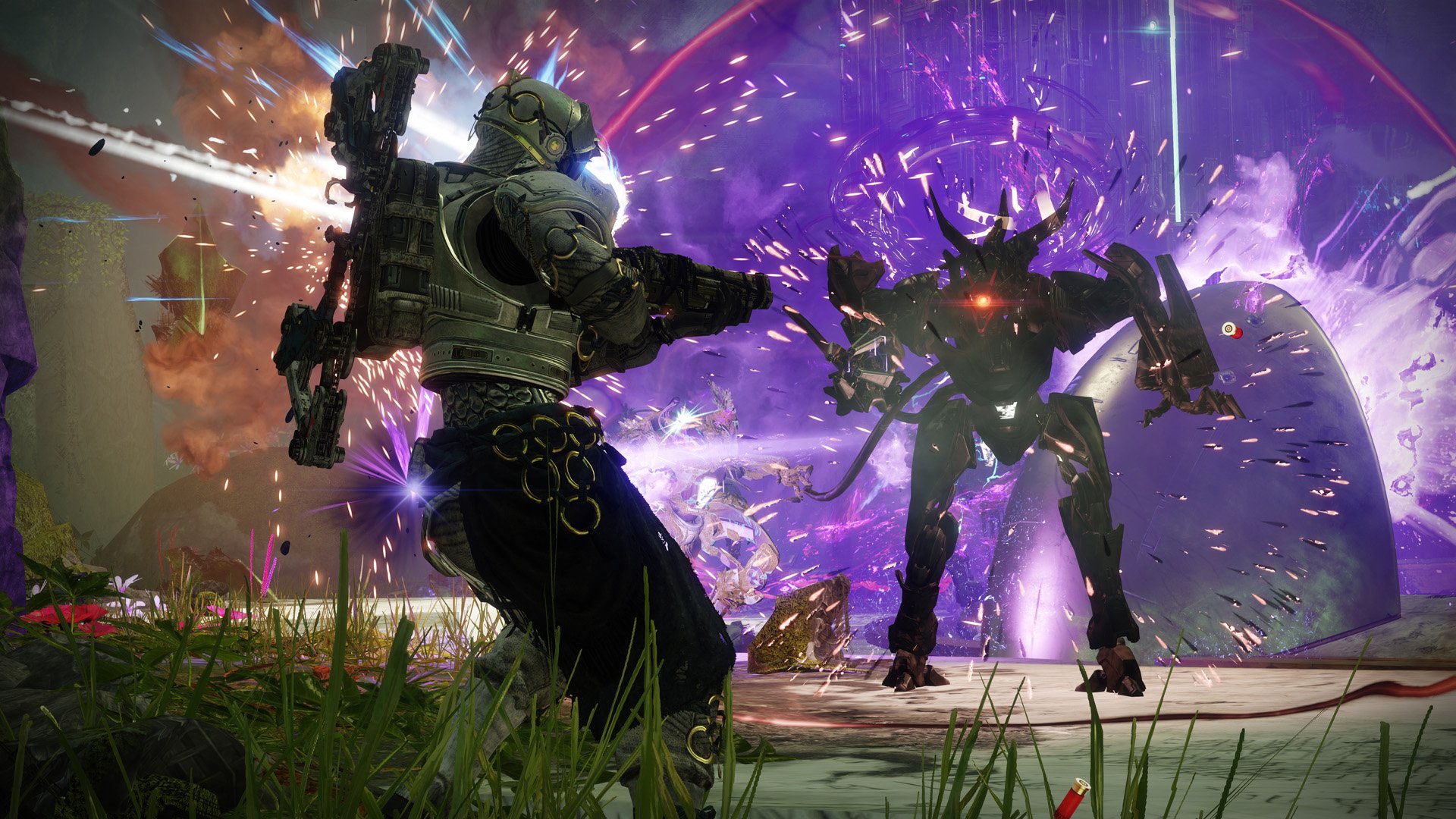
Champions are uniquely powerful enemies that you'll often encounter while playing harder forms of content in Destiny 2. There are three different kinds of Champions, and each one has a unique strength in combat. Here's a look at what each of them does:
- Barrier: These Champions deploy a shield that's invulnerable to normal damage, healing themselves while under its protection.
- Overload: These Champions can rapidly teleport around and constantly regenerate their health.
- Unstoppable: These Champions charge towards players relentlessly and have a significant amount of damage reduction.
To effectively neutralize the buffs Champions have and kill them, players have to stun them by equipping specific anti-Champion mods on their gauntlet armor (these rotate each in-game season and can be acquired soon after each season starts). For example, players can break through a Barrier Champion's shield with an Auto Rifle if they have an Anti-Barrier Auto Rifle mod equipped. Some mods also allow you to stun Champions with your Guardian's abilities.
Destiny 2: Getting started with the New Light quest
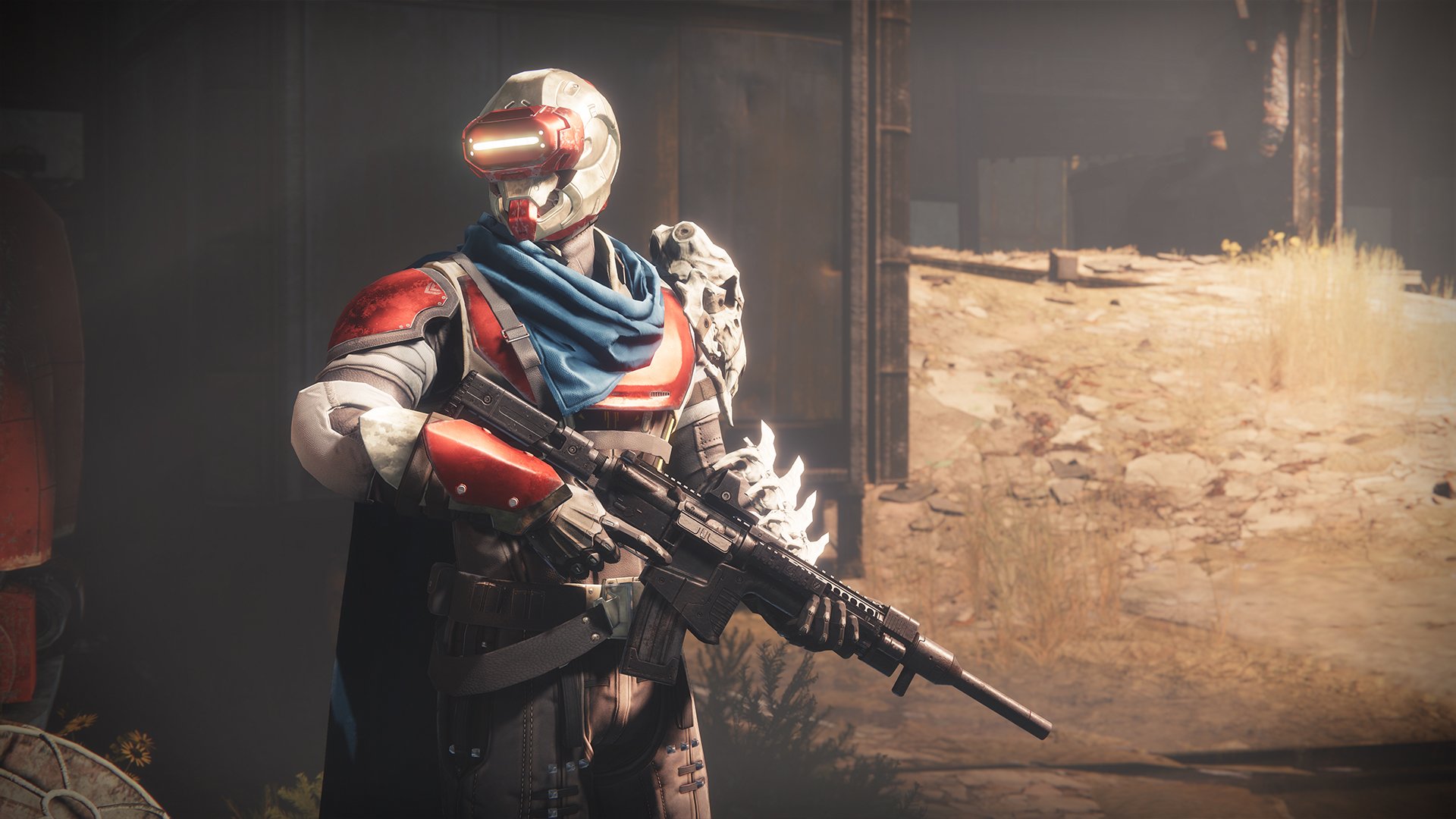
Now that you've chosen a class and understand Destiny 2's combat fundamentals, it's best to complete the New Light "A Guardian Rises" quest. Bungie added this to the game when the Beyond Light expansion was released and acts as a tutorial to explain important basics like equipping weapons and armor, using your abilities, launching missions and activities, and some of the important vendors. It also introduces you to Destiny 2's story and its overarching universe.
If you originally started Destiny 2 before this quest was added to the game but want to play through it again for a refresher, you can do so by going to The Tower and picking up the "A Guardian Rises" quest from the Quest Kiosk located to the left of the Postmaster.
Destiny 2: Activities and what to do
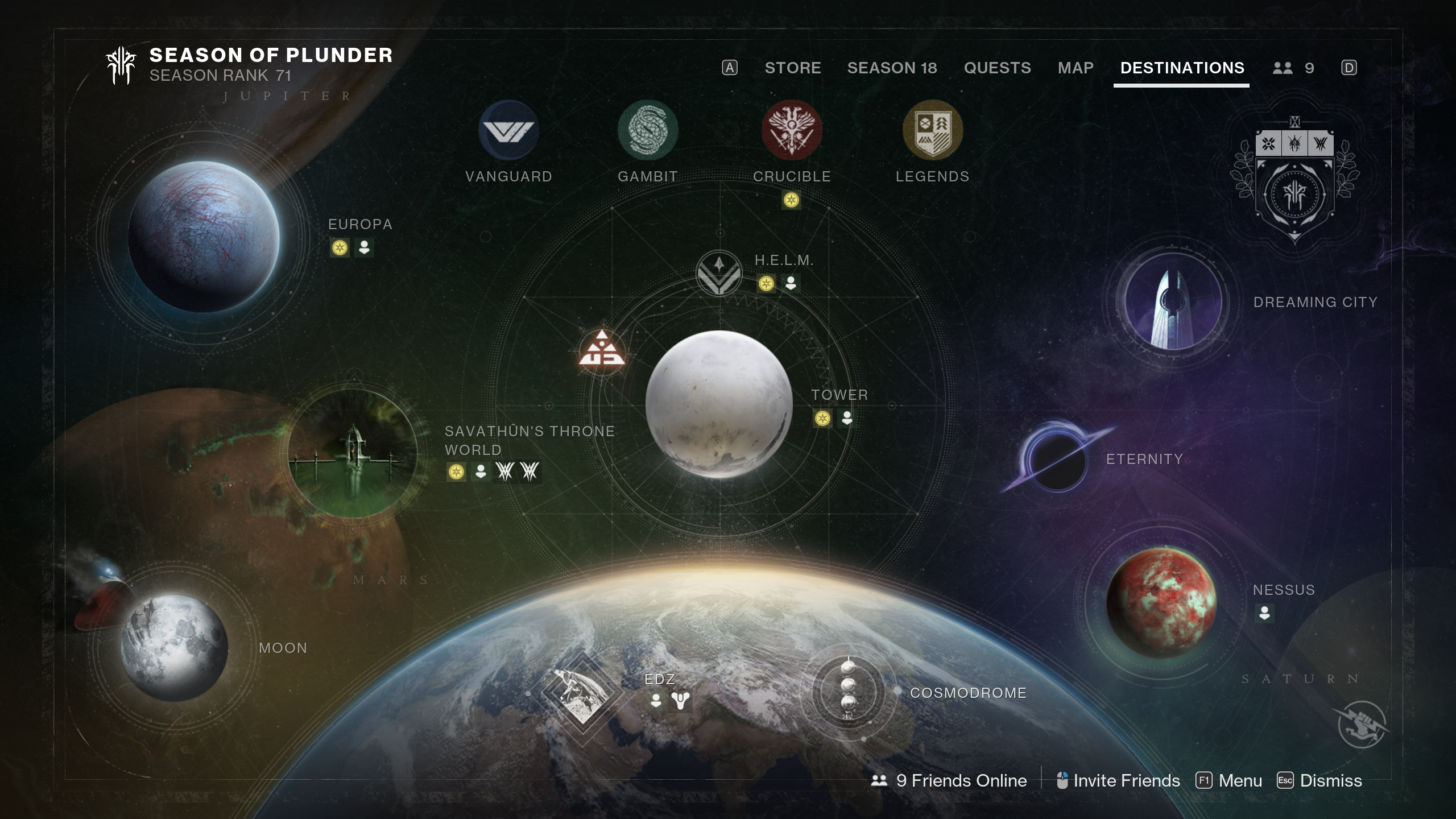
Once you've finished the New Light questline, everything Destiny 2 has to offer becomes available. There are some serious barriers to those with the free game, and you'll need expansions to play everything the game offers. While exciting, it's also incredibly daunting, with little direction from the game's menus. In this section, we'll go over every activity in the game and recommend some that are good for new players. We'll also cover the important locations and vendors you should regularly visit.
Destiny 2 game modes and activities
Below is a list of each activity in Destiny 2. Note that some of these may be unavailable to you until you raise your Power Level; we'll explain how to do that in the section on Power Level.
- Patrol Zones: The most basic of Destiny 2's offerings. These open world spaces (EDZ, The Cosmodrome, The Moon, Nessus, Europa, The Dreaming City, Savathûn's Throne World) allow players to free roam the environment and complete minor patrol missions that require them to kill enemies. Roaming the zones and finishing patrols typically only yields pieces of gear on occasion.
- Public Events: Occasional events that occur in Patrol Zones that encourage multiple players to team up in order to complete an objective. When completed, Public Events usually reward players with a piece of gear or two.
- Lost Sectors: Hidden areas in Patrol Zones that contain a large group of enemies and a boss. Defeating the boss allows you to open the chest inside of the Lost Sector, which may reward you with gear. There are also rotating Legend and Master Lost Sectors that have a high Power Level requirement, but offer a chance for Exotic armor drops when completed.
- Campaign Missions: Standard shooter missions designed around the solo player experience, though most can still be played with a fireteam of Guardians. Destiny 2's expansions all have campaigns, with some also offering unique campaign missions that you can repeat on a weekly basis for gear drops. The Witch Queen's campaign can be played on Legendary difficulty, which increases the strength of its enemies but guarantees a set of armor that will elevate you to the Power Level soft cap when completed.
- Seasonal Activities: Matchmade Season Pass-exclusive missions in which three to six players work together to complete an objective. They reward special seasonal pieces of gear. These last for the entire year they were released in, though they are removed from the game when the next large expansion launches and kicks off the next year of Destiny 2.
- Strikes: These Vanguard missions involve a team of three players fighting their way through a traditional-style shooter mission. At the end of the level, players have to face off against and defeat a boss. Afterwards, you'll usually end up getting a few pieces of gear.
- Nightfall Strikes: These are harder versions of Strikes called Nightfalls that have more durable and deadly enemies. However, to compensate, the chances of good loot dropping are increased significantly, and you even have a chance of getting Nightfall-exclusive weapons. High difficulty Nightfalls will also drop Exotic gear and upgrade materials for armor and weapons commonly. Grandmaster Nightfalls are the hardest type of Nightfalls available, and are guaranteed to award special Adept versions of Nightfall weapons that have better stats.
- Crucible: The Crucible is Destiny 2's PvP arena and where players can go to fight against other Guardians. Free-for-all, 3v3, and 6v6 modes are all available. Finishing matches usually nets you a gear drop.
- Iron Banner: A special 6v6 Crucible playlist that only appears for one week each month. Often has a different game mode compared to regular Crucible, and can reward exclusive Iron Banner gear when matches are completed.
- Trials of Osiris: This weekend-only competitive PvP experience pits two teams of three against one another without respawns (the only way to come back is if a teammate revives you). This activity can award players unique Trials of Osiris-exclusive gear, with players also able to earn guaranteed pieces of Trials gear by getting three, five, and seven wins on a Trials card. If you win seven games without losing once, you go Flawless and can acquire an Adept Trials weapon with better stats.
- Gambit: This mode fuses together PvE with PvP as two teams of four compete to see who can spawn and kill a Taken Primeval boss first. The core mechanics are killing enemies, collecting motes they drop, banking them to work towards spawning a Primeval, and Invading to try and kill enemy players who have motes. You'll usually get a piece of gear once a match is over.
- Dungeons: These levels bridge the gap between Strikes and Raids, offering a decently long and challenging PvE experience with light puzzles for a group of three. Each encounter in Dungeons gives players a piece of Dungeon-exclusive gear when completed, with some Dungeon final encounters also giving you a chance to obtain a Dungeon-exclusive Exotic. Harder Master versions of Dungeons also reward special Artifice armor pieces that have an extra slot for mods.
- Raids: These are six-man adventures that can take several hours to complete and require crystal clear communication due to the complex puzzles and difficult combat scenarios in them. Raids are the hardest things in Destiny 2, but are also often considered one of the most fun and rewarding things as well. Completing Raid encounters gives you a piece of Raid-exclusive gear, with most Raid final encounters also giving you a chance to get a Raid-exclusive Exotic. There are also Master versions of Raids, which reward high-stat armor as well as Adept Raid weapons with better stats when you complete the weekly Raid challenge. Note that unlike Dungeons, Raid encounters can only be looted once per week, per character. The exception to this is the rotating weekly highlighted Raid that can be farmed until the next weekly reset.
- Exotic Quests: Unique quests that typically require players to complete a series of steps or a special story mission. Upon completion, these quests drop a new piece of Exotic gear. Some Exotic missions can also be repeated weekly for additional gear drops.
New players should start with campaign content, patrols, and Strikes to get comfortable with Destiny 2's combat and begin collecting some new weapons and armor. Give Crucible and Gambit a shot to see if you like these modes, too, and also jump into seasonal activities to get some seasonal gear (the newest ones are Season of Plunder's Ketchcrash and Expedition playlists). Continue to bounce between Strikes, Crucible, Gambit, and seasonal activities, raising your Power Level and expanding your arsenal as you go.
Eventually, start trying out some lower difficulty Nightfall Strikes, followed by Legend and Master Nightfalls and Lost Sectors once you get your Power Level up high enough. Also, do any Exotic quests you come across. Once you've got a decent arsenal of good weapons and armor, you can also begin to engage with Dungeon and Raid content. These experiences don't have matchmaking, so you'll need to find a team yourself. We recommend checking out the Destiny Sherpa subreddit, as there are plenty of players there willing to teach newcomers the mechanics of these activities.
After you get a significant amount of experience doing Legend and Master Nightfalls as well as Raids and Dungeons, you should attempt to complete Grandmaster Nightfalls and Master Dungeons and Raids. These pinnacle PvE activities offer many of Destiny 2's best rewards, and while they're the most difficult type of content in the game, they're also extremely rewarding and satisfying to complete.
Destiny 2 vendor list
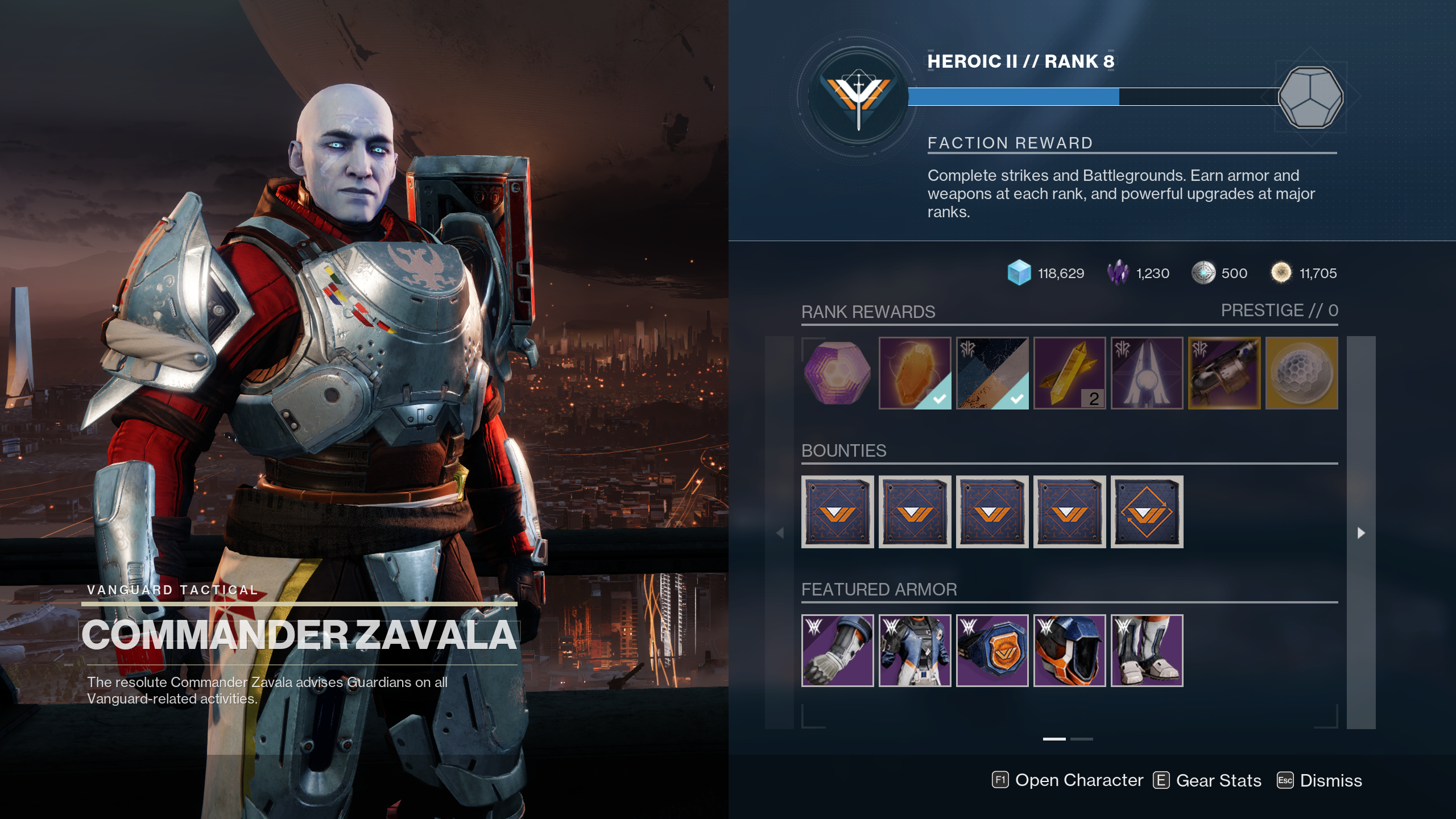
There are also several vendors, kiosks, and terminals you can (and should) visit as you play. You can typically acquire several extra pieces of gear from these vendors as you earn reputation and rank up playing the activities they're associated with, and many of them also offer opportunities to earn other types of quality items like Exotics or unique customization items. Here's a full list of all the major vendors, as well as where you can find them.
- Commander Zavala: Vanguard vendor, provides Vanguard bounties and Strike quests. Also gives Vanguard-themed gear as you earn reputation and rank up by playing Strikes. Located in the Tower Courtyard.
- Lord Shaxx: Crucible vendor, provides Crucible bounties and quests. Also gives Crucible-themed gear as you earn reputation and rank up by playing Crucible matches. Located in the Tower Courtyard.
- The Drifter: Gambit vendor, provides Gambit bounties and quests. Also gives Gambit-themed gear as you earn reputation and rank up by playing Gambit. Located in the Tower Annex.
- Ikora Rey: Speak and meditate with Ikora to unlock additional Solar, Arc, and Void abilities, as well as Aspects and Fragments for each of these subclasses. Located in the Tower Bazaar.
- Rahool: This vendor can decrypt any Prime Engrams you've collected during gameplay (more on those in the next section). Can also decrypt Umbral Engrams to provide random pieces of Legendary gear. Also sells and exchanges upgrade materials for upgrading gear and Ascendant Alloys for the weapon crafting system. Located in the Tower Courtyard.
- Banshee-44: Gunsmith vendor, provides Gunsmith bounties, weapons, weapon quests, upgrade materials, and mods. Also gives World Drop Legendary gear as you earn reputation and rank up by completing Gunsmith bounties and dismantling Legendary weapons and armor. Also sells Ascendant Alloys for the weapon crafting system. Located in the Tower Courtyard.
- Ada-1: Speak to Ada-1 to use Armor Synthesis, which allows you to turn any armor pieces in your Collections tab into a universal armor ornament through the use of Synthweave, a currency earned from Ada-1 by completing her bounties. Ada-1 is also the primary source of Charged with Light, Warmind Cell, and Elemental Well armor mods that allow players to craft deep and unique builds (her inventory changes daily). Located in the Tower Annex.
- Postmaster: This vendor is where gear you either don't have inventory space for or forget to pick up off the ground when it drops goes to. Make sure to check it frequently, as if the Postmaster gets full, items you forget to collect will simply be deleted instead of sent to the Postmaster. Located in the Tower Courtyard.
- Quest Kiosk: If you ever abandon one of your quests and want to activate it again, it will be found here. Also, this is where existing players will be able to access the New Light questline. Located in the Tower Courtyard.
- Monument To Lost Lights Kiosk: This Kiosk is where players can obtain Exotics and other special weapons exclusive to content that was put into the Destiny Content Vault (When Bungie removes old content to make the game install size smaller). It will cost a hefty amount of in-game currencies for these items however, as they required completion of difficult quests and missions and are priced highly as a result. Located in the Tower Courtyard.
- Xûr: Sells Exotic weapons and armor and a small selection of Legendary gear on weekends. Also sells a special engram that is guaranteed to give you Exotic gear you don't have yet. Can appear on at the Winding Cove in the EDZ, the Watcher's Grave on Nessus, or in the Hangar in The Tower. Also found in
- Eris Morn: Offers several Shadowkeep-related quests and bounties. The Lectern of Enchantment next to her also offers quests that you can complete to farm for weapons from the Shadowkeep expansion.
- Exo Stranger: Owners of the Beyond Light expansion will need to frequently work with the Exo Stranger in order to receive and upgrade their Stasis subclass. Located on Europa.
- Fynch: Offers several The Witch Queen-related quests and bounties. Also gives Witch Queen gear as you earn reputation by completing activities on Savathûn’s Throne World. Located in Savathûn’s Throne World.
- Seasonal Vendors: These vendors offer bounties, quests, and Seasonal Artifact upgrades focused around seasonal activities. You can also focus Umbral Engrams into specific types of seasonal gear at them. Located in the H.E.L.M..
- The Relic: This contraption allows you to create and reshape weapons via the crafting system, which we'll go over in a dedicated crafting section below. Located at The Enclave on Mars, accessible on the Savathûn’s Throne World map.
As a new player, you should be visiting both Banshee-44 and Ada-1 daily to purchase mods for your weapons and armor. These mods are core pieces in many of the best Destiny 2 builds, and since these vendors rotate their stock daily, you should check back frequently to collect as many as you can.
In general, every in-game vendor has new bounties for players to acquire after each daily reset (10 a.m. PT / 1 p.m. ET), with their reward options and opportunities changing or refreshing after each weekly reset (Tuesday at 10 a.m. PT / 1 p.m. ET).
Destiny 2: Seasons explained
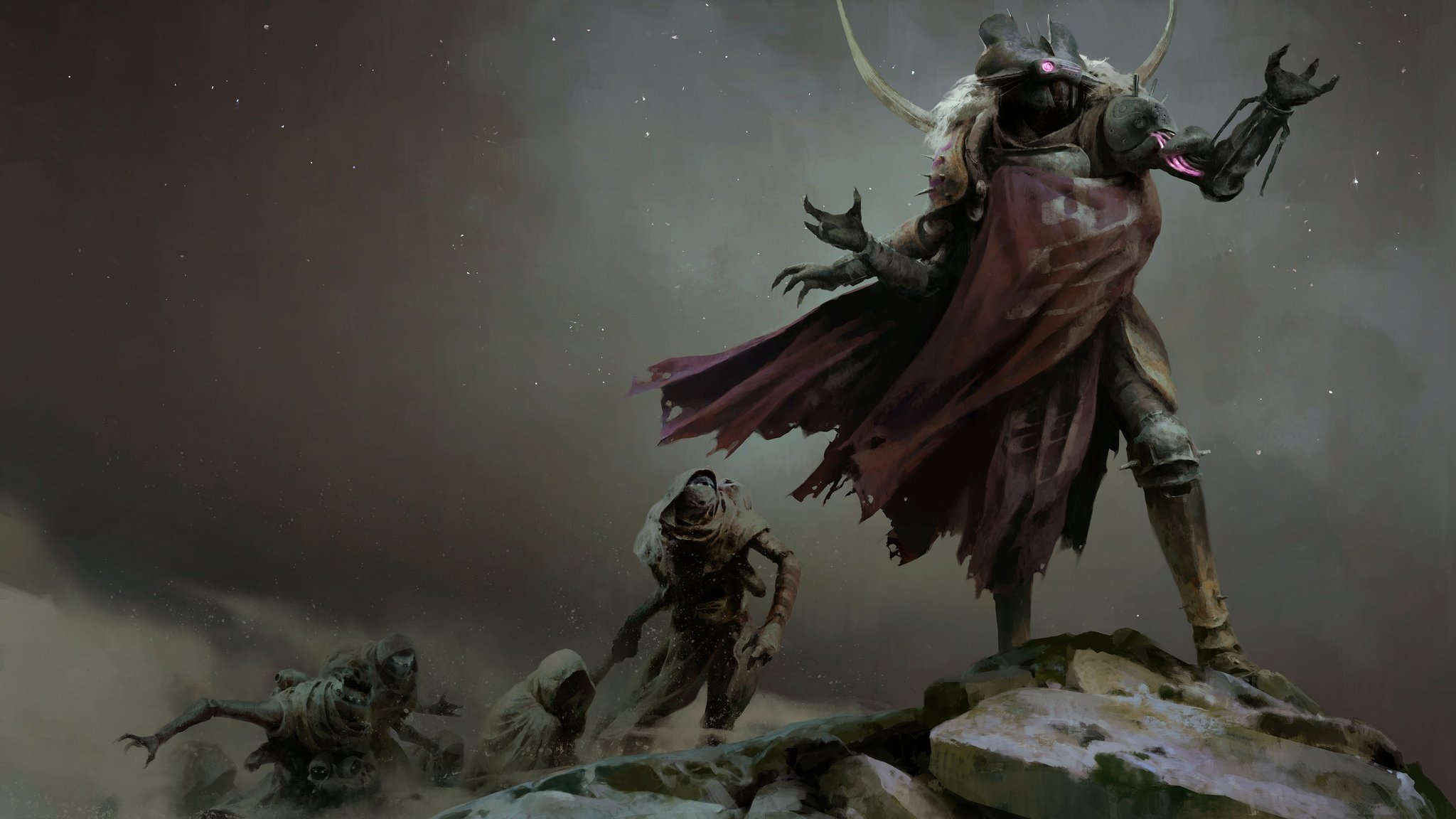
In recent years, Destiny 2 has transitioned to a seasonal content model. Seasons are three-month long periods in which players are given the opportunity to engage with weekly story content and play one or more special Seasonal Activities that award them with pieces of season-specific gear.
Each season features a new seasonal vendor at the H.E.L.M. that provides additional pieces of gear whenever players rank up with them by earning reputation through Seasonal Activity completions. Over the course of the season, players can also unlock upgrades at these vendors that improve their combat efficiency in Seasonal Activities and make it easier to farm for specific pieces of loot.
The majority of each season's content is only available to owners of the season's respective Season Pass, which can be purchased for $10 (alternatively, Deluxe Editions of expansions provide access to the next four Season Passes following their launch). In addition to unlocking the season's content, Season Passes also give players access to the premium track of the season's 100-tier reward track that can be progressed through by accruing XP. There's a free-to-play track, too, though it offers fewer rewards. Getting XP also allows players to buy seasonal armor mods from the Seasonal Artifact item that they pick up at the start of each season, and also provides a temporary Power Level boost (more on that in the Power Level section below).
Seasonal content remain available throughout the year it was introduced in, though it's removed when the next major expansion comes out. For example, when The Witch Queen DLC released in 2022, content from the 2021 Beyond Light era seasons like Season of the Chosen and Season of the Splicer were cycled out of the game in order to "make room" for new seasonal releases. Also, players can not go back and complete reward tracks from previous seasons, though they can claim rewards earned during the previous season on this Bungie.net page if they forgot to do so before the season ended.
How to get Destiny 2 XP
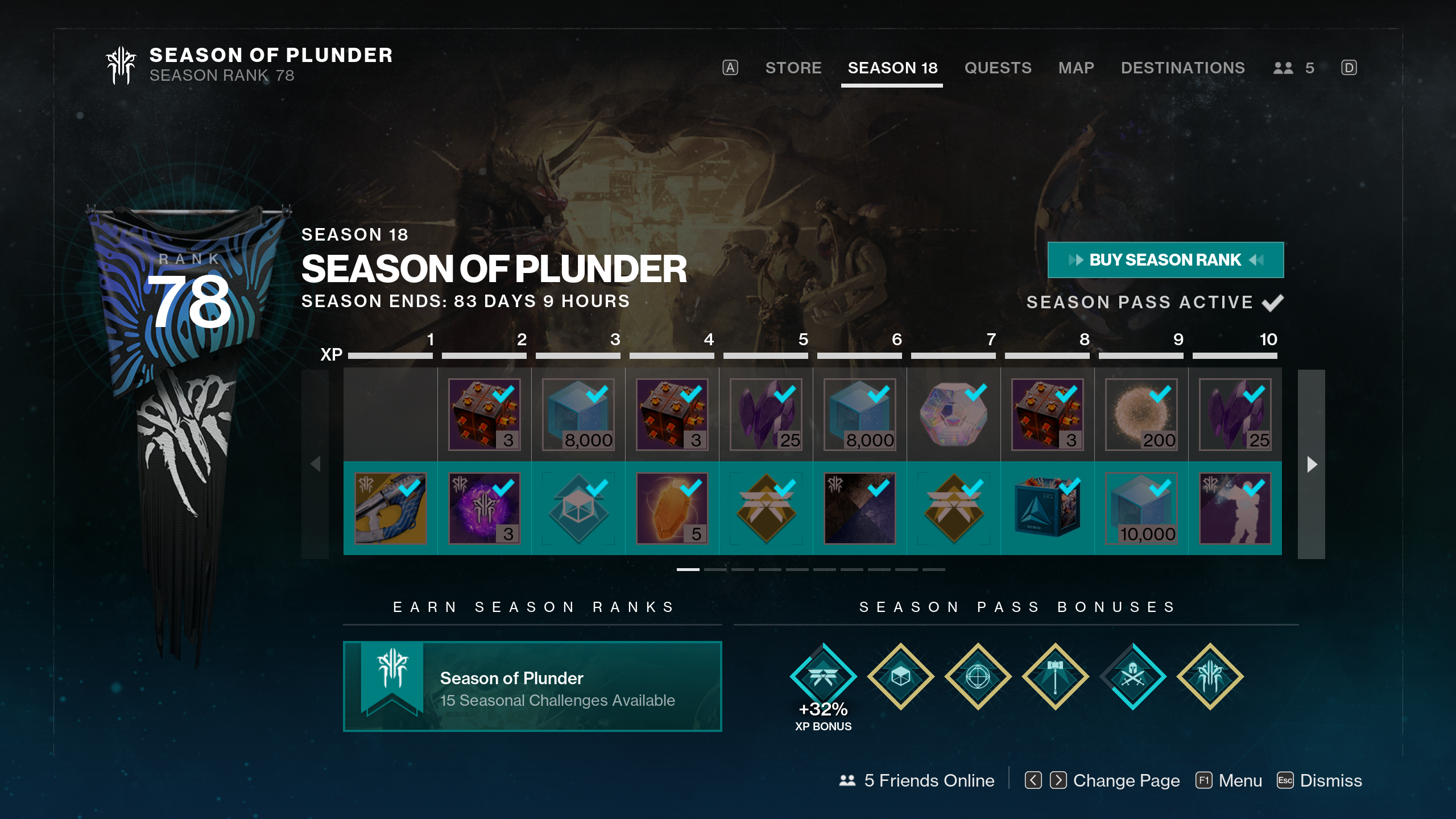
Whether you're a free-to-play player or a Season Pass holder, there are several ways to get XP in Destiny 2 so that you can take advantage of seasonal rewards, featured seasonal armor mods, and temporary Power Level bonuses. The most basic way is to simply kill enemies and complete activities, though your season rank will increase very slowly if you only try to get XP this way.
Two more rewarding and lucrative ways to get XP are to complete bounties and to finish each season's weekly Seasonal Challenges. Bounties are incredibly plentiful, are typically quick to finish, and reward a modest amount of XP when completed. Seasonal Challenges are typically more difficult to complete than bounties and require some time investment, but also reward very large amounts of XP as well as some other rewards like extra pieces of gear.
Destiny 2: Power Level guide
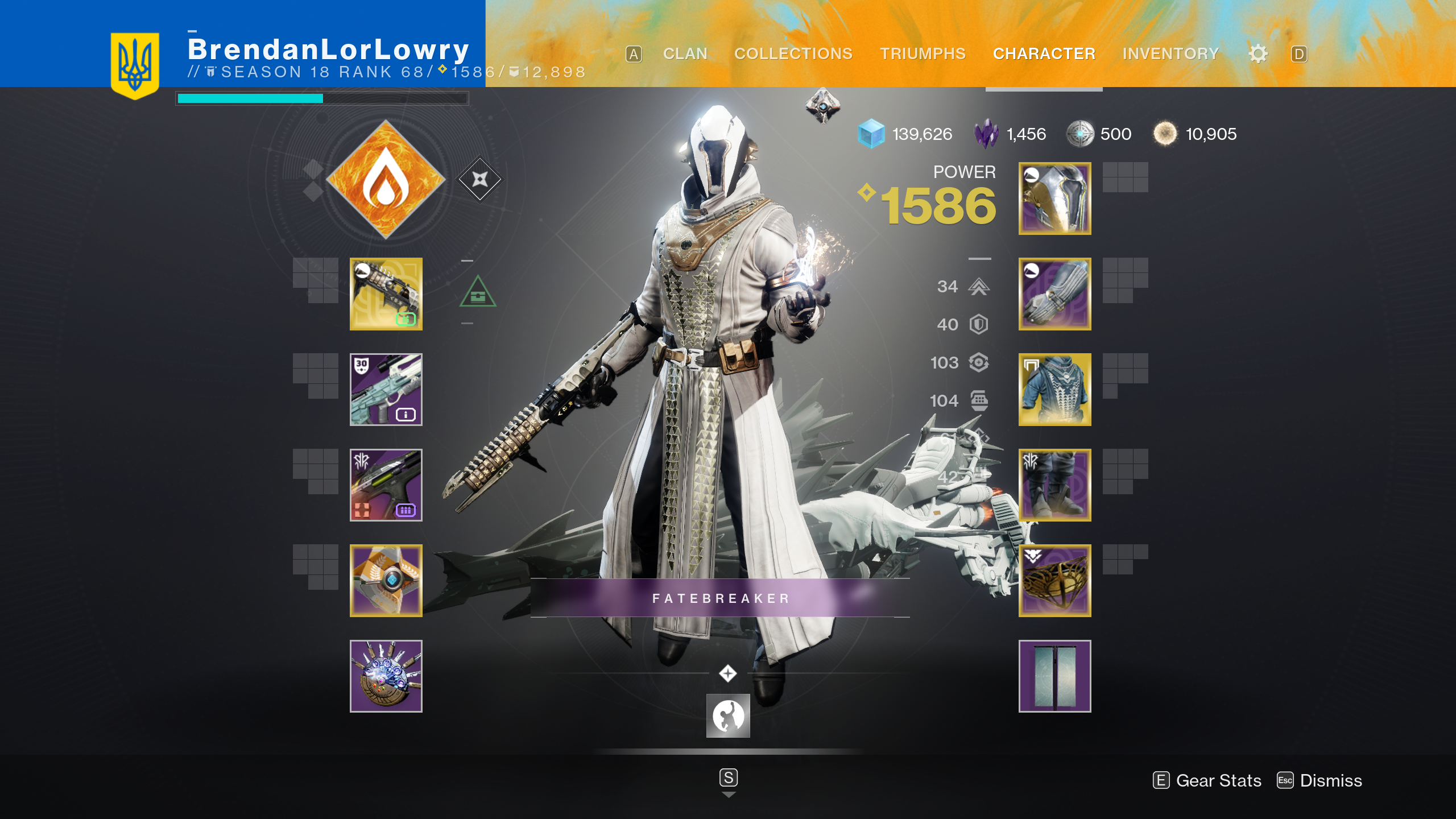
Power Level in Destiny 2 is best described as the primary statistic you aim to increase as you play. Certain activities are only suitable for players who have reached a certain Power Level, and if yours is too low, enemies in them will kill you extremely quickly and take little damage.
Your Power Level is at 1,350 as a new player, as of publication. This allows you to play the game's patrol areas, Forsaken Pack content, Shadowkeep content, The Witch Queen campaign, the Vault of Glass Raid, the Grasp of Avarice Dungeon, the Dares of Eternity matchmade activity, normal Strikes, Crucible matches, and Gambit matches. As you play this content, you will find and earn new guns and armor that have a higher Power Level than your current average, which is displayed on the top right of your character overview. As you equip them, your Power Level will go up, which will then allow you take on activities with higher Power Level requirements.

Eventually, you'll reach the 1,520 Power Level soft cap and can't go any higher from these types of drops (you can also get a full set of 1,520 armor for completing The Witch Queen campaign on Legendary difficulty). From there on out, you'll have to start engaging with specific tasks and activities that reward Powerful Gear to increase your Power Level. There are several different sources of Powerful Gear, with each one able to drop a piece of gear several Power Level points higher than your own once per week. We've listed all of them in the table below, along with details on the objectives you need to complete.
Destiny 2 Powerful Gear sources
| Source | Objective | Frequency |
|---|---|---|
| Strike, Crucible, and Gambit completions | Completions can randomly drop Powerful Gear | Repeatable |
| Prime Engrams | Can drop randomly while playing or be obtained from reward tracks | Repeatable |
| Exotic Engrams | Can drop randomly while playing or be obtained from reward tracks | Repeatable |
| Major Vanguard, Crucible, and Gambit Rank Ups | Progress through the six main ranks in core playlists | Repeatable |
| Glory Rank Ups | Increase your Glory rank | Repeatable |
| Weekly Campaign Mission | Complete the weekly campaign mission | Weekly |
| Vendor Challenges | Complete eight bounties for vendors | Weekly |
| Nightfall Strikes | Complete the Nightfall Strike three times | Weekly |
| Competitive Crucible | Win seven rounds in Survival | Weekly |
| Trials of Osiris | Win three and then five Trials matches on the same card | Weekly |
| Fynch's Challenge | Earn reputation with Fynch in Savathûn's Throne World | Weekly |
| Altars of Reflection | Complete two Altars of Reflection missions | Weekly |
| The Wellspring | Complete three runs of The Wellspring | Weekly |
| Dares of Eternity | Complete three runs of Dares of Eternity | Weekly |
| Ketchcrash | Complete three runs of Ketchcrash | Weekly |
| Expedition | Acquire 125 treasures during the Expedition activity | Weekly |
| Hawthorne | Earn 5,000 Clan XP by completing activities | Weekly |
After doing this for awhile, you'll reach the Power Level hard cap, at which point you can only increase your Power Level 10 points further by completing a select few activities and objectives that award Pinnacle Gear. The table below lists all Pinnacle Gear sources, as well as what you need to do to get the gear to drop.
Destiny 2 Pinnacle Gear sources
| Source | Objective | Frequency |
|---|---|---|
| Iron Banner | Complete 18 matches while using the required subclass element. (Four drops) | Monthly |
| Vanguard Playlist | Complete three Strikes with a subclass that matches the weekly elemental burn | Weekly |
| Crucible Playlist | Complete three Crucible matches | Weekly |
| Gambit Playlist | Complete three Gambit matches | Weekly |
| Nightfall Strikes | Complete a Nightfall with a score of 100,000 or more | Weekly |
| Trials of Osiris | Win 7 Trials matches on the same card | Weekly |
| Trials of Osiris | Go Flawless in Trials (7 wins on the same card without losing) | Weekly |
| Trials of Osiris | Win 50 Trials rounds | Weekly |
| Weekly Campaign Mission | Complete the weekly campaign mission with a score of 100,000 or higher | Weekly |
| Preservation | Complete the Preservation mission | Weekly |
| Vox Obscura | Defeat powerful Cabal in the Vox Obscura mission | Weekly |
| The Wellspring | Complete The Wellspring on Master difficulty | Weekly |
| Dares of Eternity | Complete Dares of Eternity on Master difficulty with a score of 250,000 or higher | Weekly |
| Ketchcrash | Complete Ketchcrash on Master difficulty | Weekly |
| Duality Dungeon | Complete the Duality Dungeon | Weekly |
| King's Fall Raid | Complete encounters in the King's Fall Raid | Weekly |
| Weekly Dungeon | Complete the final encounter of the weekly rotating Dungeon (Shattered Throne, Pit of Heresy, Prophecy, or Grasp of Avarice) | Weekly |
| Weekly Raid | Complete the final encounter of the weekly rotating Raid (Last Wish, Garden of Salvation, Deep Stone Crypt, Vault of Glass, or Vow of the Disciple) | Weekly |
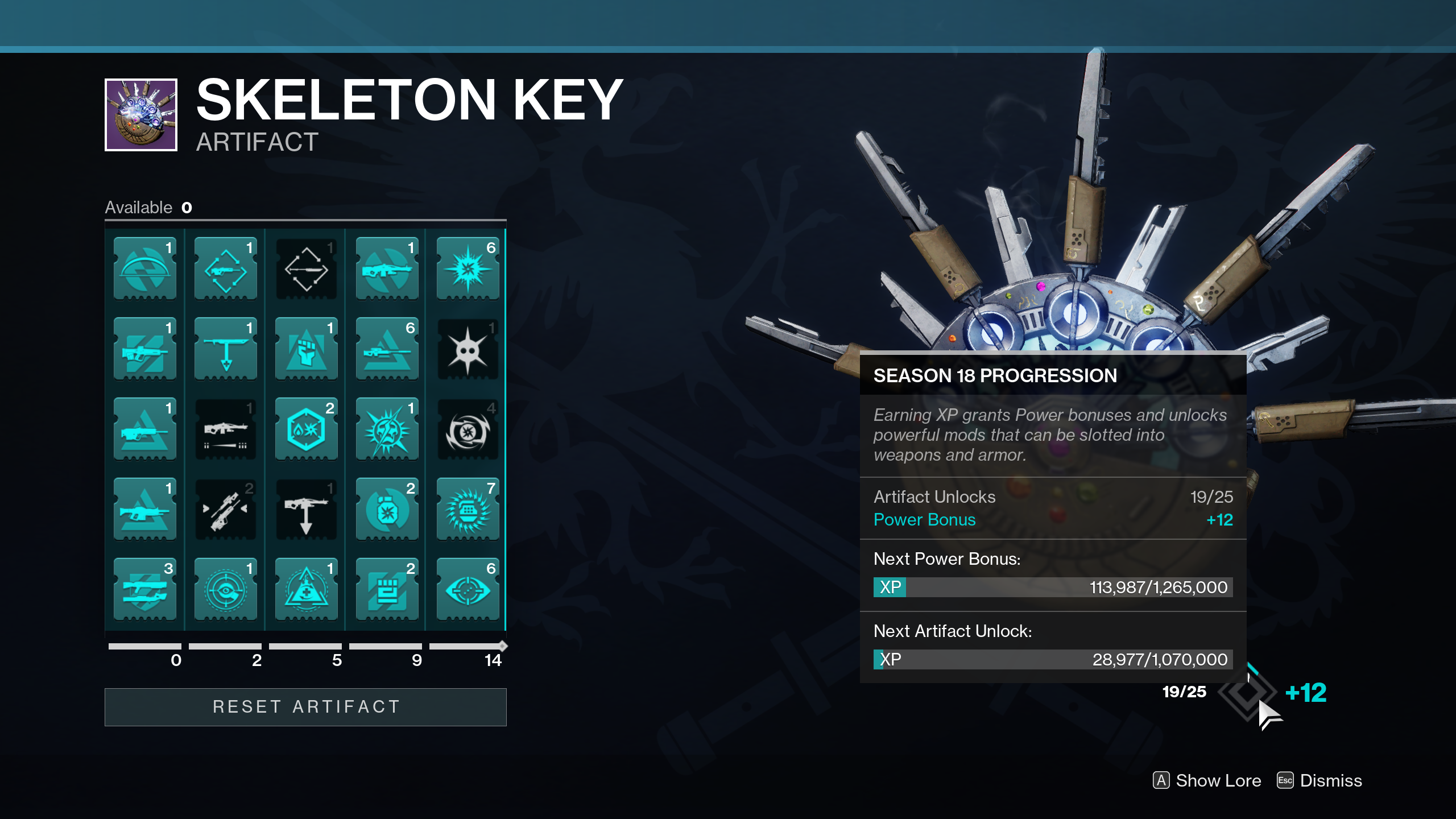
Throughout the entire Power Level grind, earning XP can also increase your Power Level thanks to the Seasonal Artifact you're directed to pick up each in-game season. As long as you have the Artifact, all XP you accrue will count towards reaching Power Bonus milestones that add an extra Power Level point on top of what your gear's Power Level provides.
These boosts are temporary and go away at the end of each season, but can help augment your Power Level gains if you're struggling to get a specific type of Powerful or Pinnacle drop that you need. These bonuses are also needed to enter Grandmaster Nightfalls and the latest Master Raids.
Destiny 2: Item stats explained
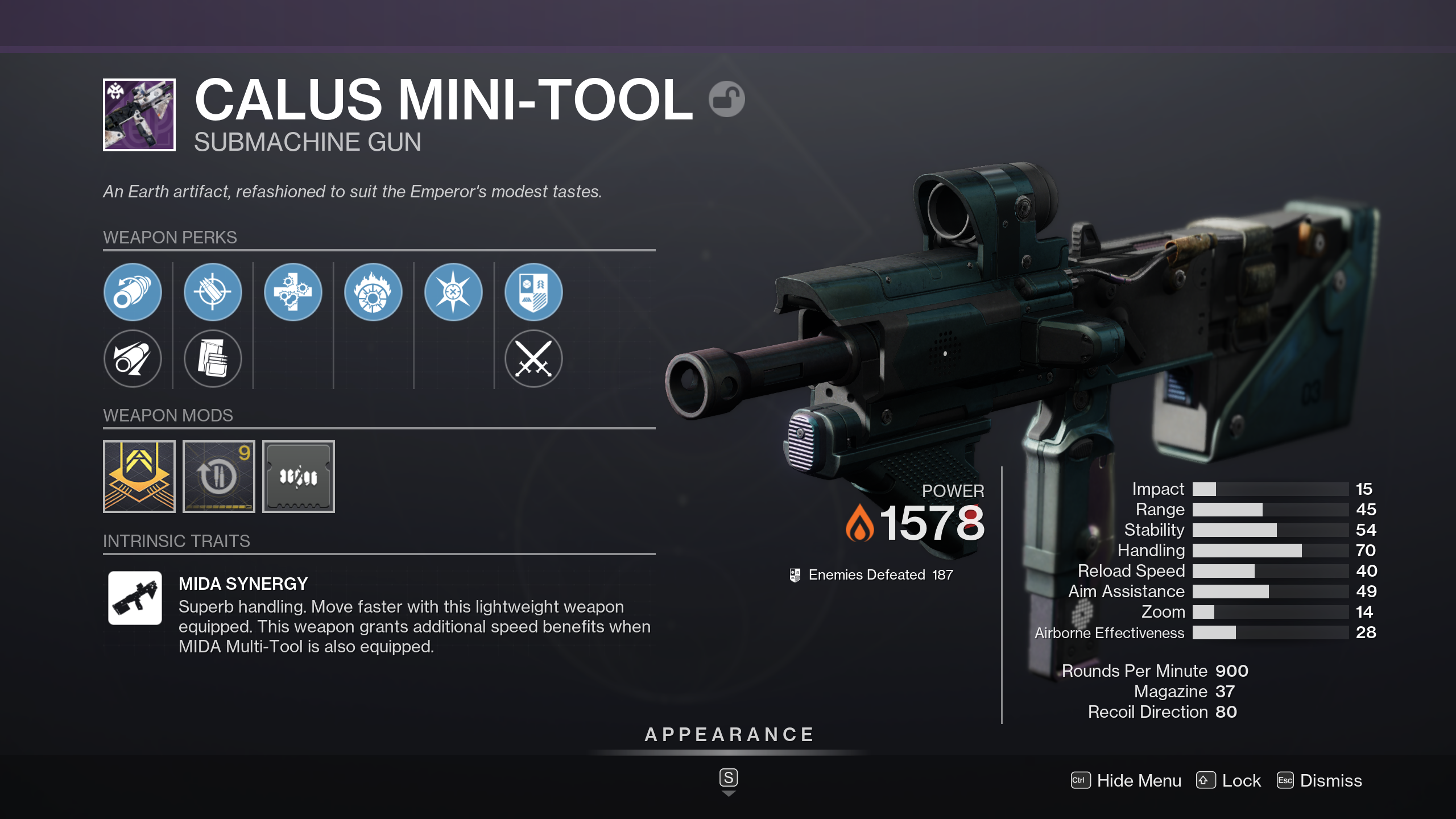
As you unlock new weapons and armor, you'll notice that in addition to randomized perks, they'll also have randomized stats. Here's a breakdown of what each stat means for weapons:
- Impact: The damage-per-shot of the weapon.
- Range: How far away you can shoot at a target before damage falls off. Also affects
- Stability: How steady the weapon stays after trigger pulls.
- Handling: How quickly you can switch to or put away the weapon.
- Reload Speed: How quickly you can reload the weapon.
- Shield Duration: Stat specific to Glaives that determines how long their protective shields last.
Weapons also roll with different random perks whenever they drop, and each of them alters the performance of the weapon in various ways. Some perks may make you reload faster or improve your ability regeneration whenever you get a kill, while others might provide situational damage buffs or gradually narrow your bullet spread as you fire. There are also Origin Traits, which are unique bonus traits that can only be found on weapons from a particular source. For example, weapons from the King's Fall Raid feature an Origin Trait called Runneth Over that overflows the magazine when you reload near allies, giving you more rounds in the magazine than you'd be able to have otherwise.
What's a god roll?
You've probably heard this term before if you've seen experienced Destiny 2 players and content creators discussing the best weapon rolls to chase. A "god roll" refers to a specific combination of perks on a weapon that's considered to be one of the best options (or the best option) since they work well together.
One type of god roll that's popular right now is the combination of the Stats for All and One for All perks on a primary weapon. The former perk improves your reload speed, range, handling, and stability when you hit three separate enemies, while the latter gives you a big damage boost for hitting three separate enemies. Since you're able to get the benefits of both perks at the same time, having them both on the same weapon is considered a god roll. Keep an eye out for synergies like this one when you get weapon drops.
As a new player, there's one Linear Fusion Rifle DPS god roll Bungie is practically giving away for free that you should get by visiting the Relic at the Enclave in Savathûn's Throne World and completing the weapon crafting tutorial there (the weapon crafting section below goes over the basics of weapon crafting, too).
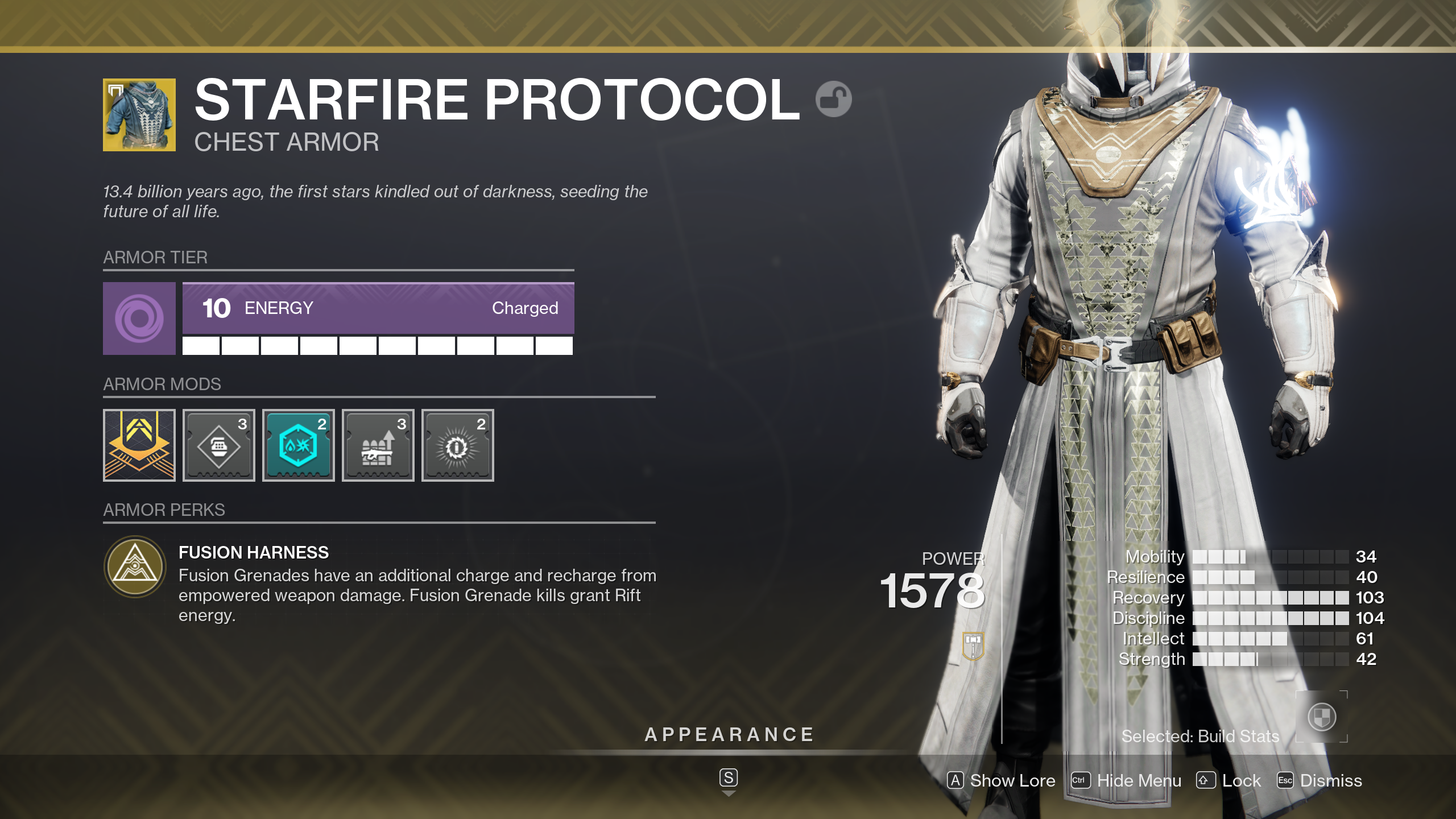
- Resilience: How much damage resistance your armor provides. Also reduces Titan class ability cooldown.
- Recovery: How quickly you regain health after being damaged. Also reduces Warlock class ability cooldown.
- Mobility: Jump height and how fast you walk (sprint speed is universal). Also reduces Hunter class ability cooldown.
- Intellect: How quickly your Super recharges.
- Discipline: How quickly your grenade recharges.
- Strength: How quickly your melee recharges.
The stat values from all five of your armor pieces totaled represents your Guardian's overall stats. For every 10 points you have in a stat, that stat is increased by one tier. There are 10 different tiers in total, with Tier 10 at 100 being the max. Note that going over this number is a waste since stat benefits cap out at Tier 10, so try and look for armor that has more points in other stats if you ever run into this situation.
What's a good armor roll?
Whether or not an armor roll is good is fairly subjective, as depending on the way you'd like to play, what seems good to you may seem bad to someone else. With that said, one general recommendation we have is looking for armor with a large amount of Recovery if you're a Warlock, a lot of Resilience if you're a Titan, and plenty of Mobility if you're a Hunter. This is because these stats reduce the cooldown of the Warlock rifts, Titan barricades, and Hunter dodges respectively. Both Recovery and Resilience are good stats to build into regardless of class, though, as faster health regeneration and higher damage reduction are both very useful.
While both grenade and melee abilities have their moments, grenade abilities are generally more powerful overall. Because of that, we typically lean more towards Discipline than Strength, though if you'd prefer to use melee abilities more often, you'll still be very effective with a high Strength setup. You can also prioritize lots of Intellect if you want to get your Super as quickly as possible, though since the stat was nerfed in late 2021, it has generally been considered a weaker choice.
Gear rarity
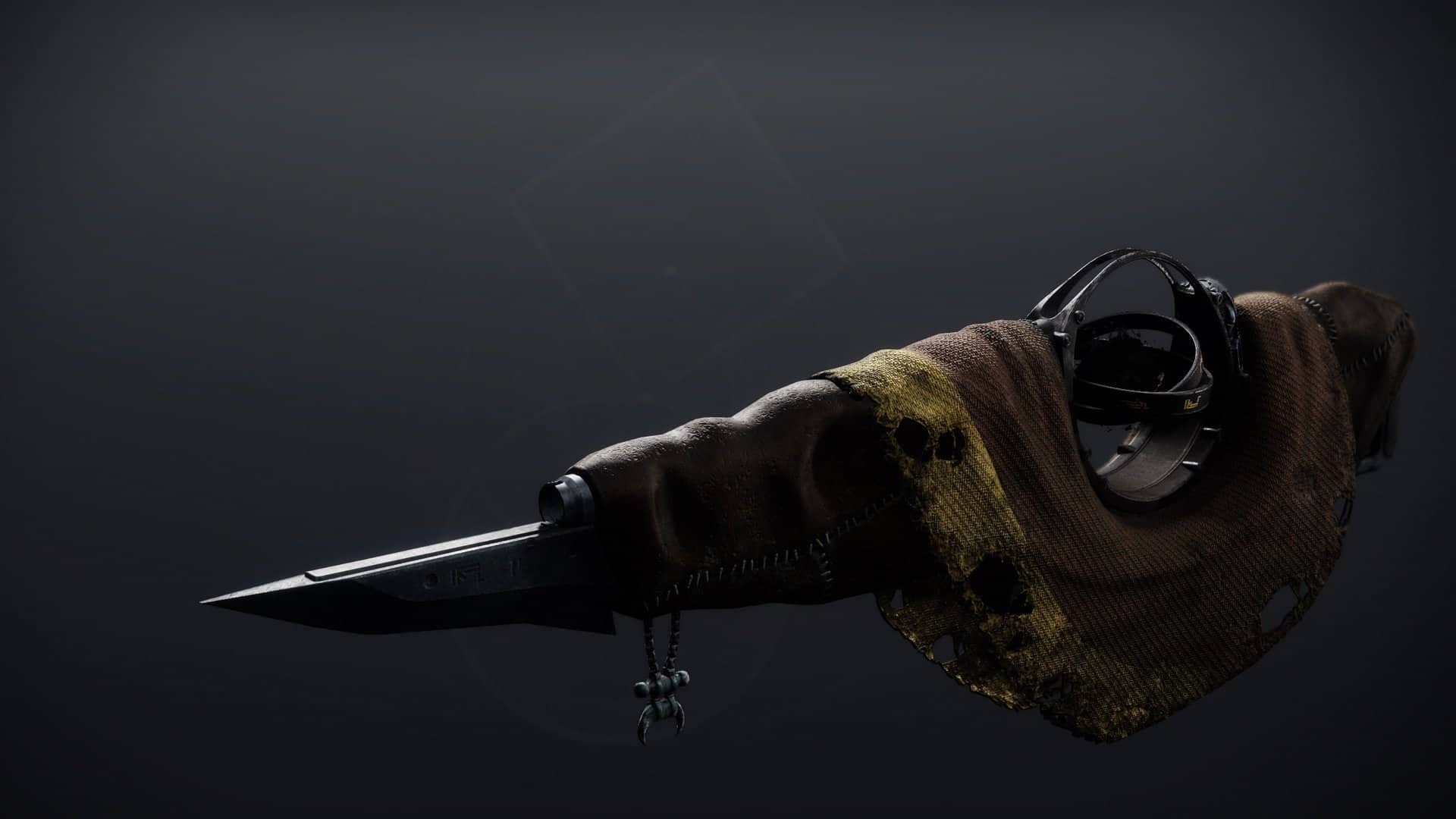
On top of the stats that weapons and armor pieces have, it's also important to pay attention to their rarity tier, which is determined by color. There are five of them, but the Common and Uncommon variants (white and green) are effectively nonexistent in Destiny 2 these days. Therefore, we'll cover the three relevant ones:
- Rare (Blue): These are the worst tier of gear you'll come across. They drop often, so they're great for getting your Power Level up to the soft cap. However, you should look for Legendary items beyond that point, since Rare weapons have fewer perks, and Rare armors have fewer mod slots.
- Legendary (Purple): Legendary gear will be your bread-and-butter in Destiny 2 endgame, as they offer more perks/mod slots and better overall stats compared to Rare gear.
- Exotic (Gold): Exotic gear is the rarest type in Destiny. Pieces of Exotic gear typically change the way your Guardian interacts with enemies and the world by way of a unique perk. You're only allowed to equip one Exotic weapon and one Exotic armor piece at once.
Powerful Gear and Pinnacle Gear drops will never be Rare. They will always be Legendary or in very rare cases, Exotic. If you see a golden engram while playing, make sure you grab it since it's a lucky Exotic drop.
Destiny 2: Weapon crafting guide
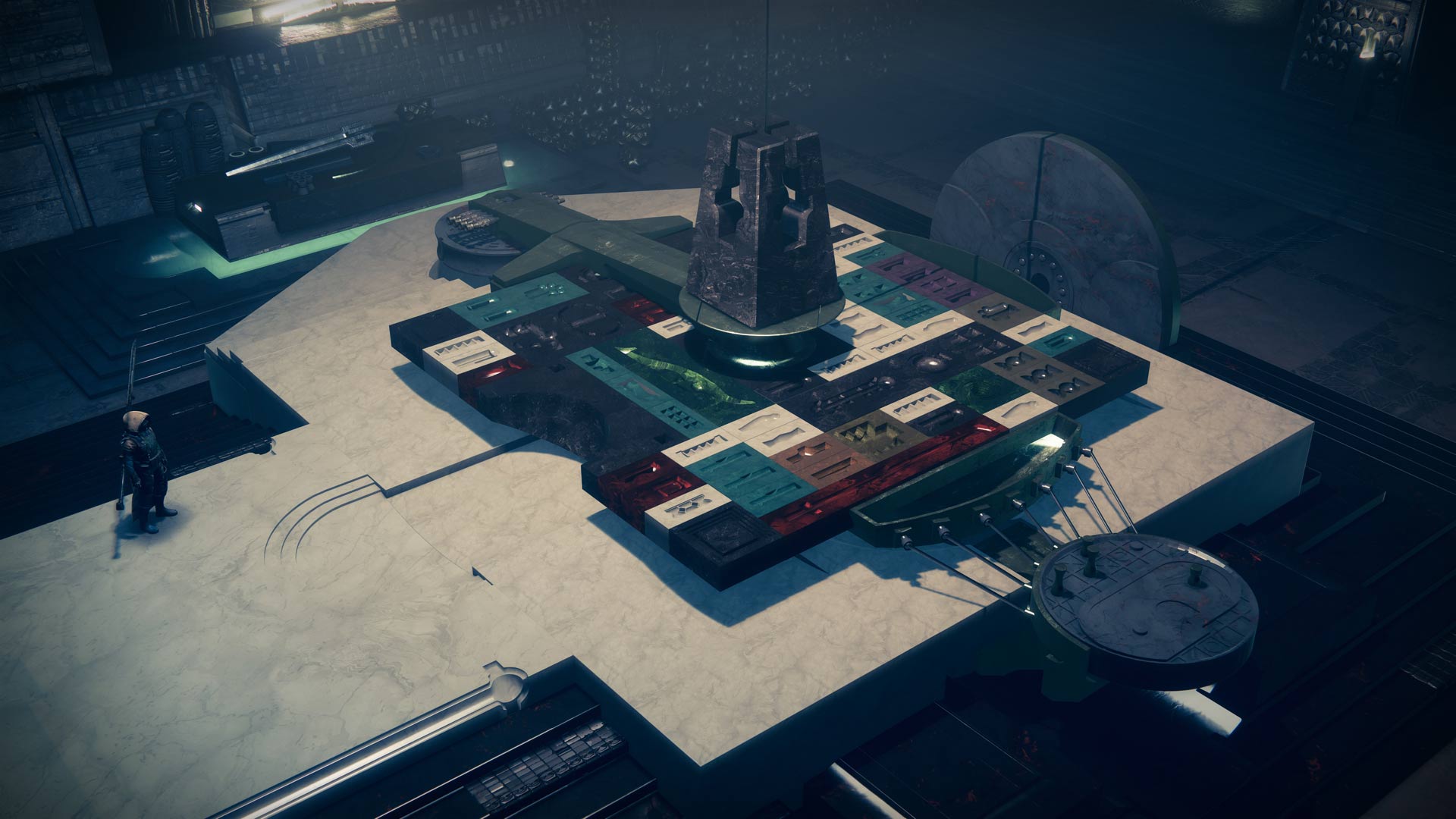
Weapon crafting is a new system added in Destiny 2: The Witch Queen that gives players an alternative way to get the weapons and weapon rolls that they want. We have a dedicated Destiny 2 weapon crafting guide that we recommend checking out if you want a deep and thorough explanation of the system, but we'll provide a quick and dirty explanation of the basics here.
Weapon crafting is done at the Relic at the Enclave location, which you can access after completing the first two missions of The Witch Queen campaign (they're free to all players). Before you can craft a weapon, though, you have to unlock its Weapon Pattern. This is done by finding Deepsight versions of the weapon, which have a red border around them in your inventory. Getting kills and activity completions with that weapon will eventually allow you to extract its Deepsight Resonance, awarding you pattern progress and some materials you'll need for crafting. Note that not all weapons are craftable, and any Deepsight weapon that isn't craftable will only give you crafting materials when you extract its Deepsight Resonance.
Once you've found enough Resonant versions of a craftable weapon (typically either three or five), you can craft it at the Relic using Resonant Elements and Resonant Alloys. The former are obtained by extracting the Deepsight Resonance from Deepsight weapons, while the latter are obtained by dismantling pieces of Legendary gear.
You only have a small number of perk choices when initially crafting a weapon, but you can level your crafted weapon up by killing enemies and then reshape it at the Relic later in order to get the perks you want. The Relic shows you what level the weapon needs to be in order for you to have each perk available to choose from when reshaping, so keep that number in mind. There are also enhanced weapon perks available that are slightly more effective than the regular versions, though these require the weapon to be at a very high level and will require you to use rare Ascendant Alloys. A limited number of these can be purchased from Rahool and Banshee-44 on the Tower each week, though they can also be earned from some of Destiny 2's harder PvE activities.
Destiny 2: Upgrading and masterworking gear
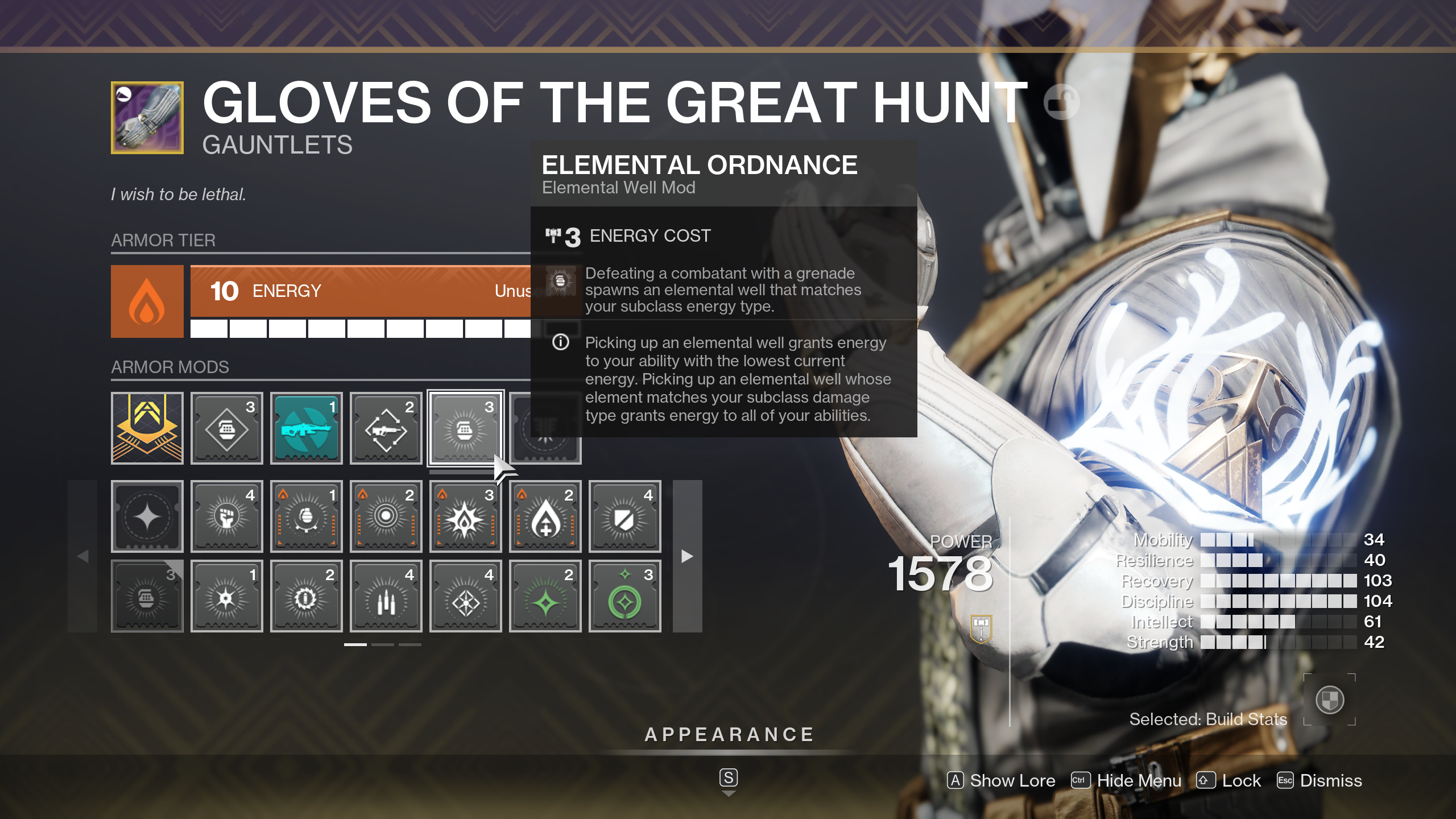
If you find a particular weapon or armor piece that you enjoy using, you should upgrade it. This is done by inspecting the item and using upgrade materials to masterwork it. There are three different types of upgrade materials in the game, which we'll go over below.
Destiny 2 upgrade materials
- Enhancement Cores: Primarily used to masterwork weapons and begin the masterwork process for armor pieces. Can be earned from various activities and vendors as well as from Gunsmith bounty completions. Can also be purchased directly from Rahool for Legendary Shards (a currency acquired by dismantling Legendary gear).
- Enhancement Prisms: These are a tier above Enhancement Cores and are used to upgrade a piece of armor up until its final masterwork level. Can be earned by completing harder activities like Nightfall Strikes or earned as rewards for vendor rank ups. Can also be bought from Rahool for Legendary Shards or 10 Enhancement Cores.
- Ascendant Shards: The most advanced upgrade material in Destiny 2. Used exclusively to complete the final masterwork upgrade for armor pieces. Can be earned by completing the highest tiers of content such as Grandmaster Nightfalls, Master Raids, and Trials of Osiris PvP matches. Can also be rarely earned from vendor rank ups. Also sold by Rahool for 10 Enhancement Prisms.
The process of fully upgrading your gear is often a long one since upgrade materials generally take some time to obtain, but doing so is worth it. Each masterwork level you reach while upgrading a weapon gives its randomly rolled masterwork stat (visible when inspecting it) a small boost, with the final masterwork upgrade providing a larger one. Armor pieces, meanwhile, gain a flat +2 boost to every stat when fully masterworked. Having a higher masterwork level on armor pieces also allows you to add more powerful armor mods to them (this also applies to Ghost Shells).
What are Upgrade Modules?

There's one other important currency to keep in mind when upgrading your gear: Upgrade Modules. These items have two purposes. The first is to allow you to infuse a piece of gear with a lower Power Level into one in the same slot that has a higher Power Level. This destroys the higher Power Level item and gives its Power Level value to the item that originally had the lower Power Level. Secondly, Upgrade Modules can also be used to change the elemental affinity of your armor pieces. An armor piece's elemental affinity affects what mods you can equip it with, so you may need to change it depending on what mods you plan on using.
Upgrade Modules can be earned from vendors by earning reputation and ranking up with them, as well as rare random drops from activity completions. They can also be directly purchased from Banshee-44 and Ada-1 for Enhancement Cores.
Destiny 2: Customization and transmog guide
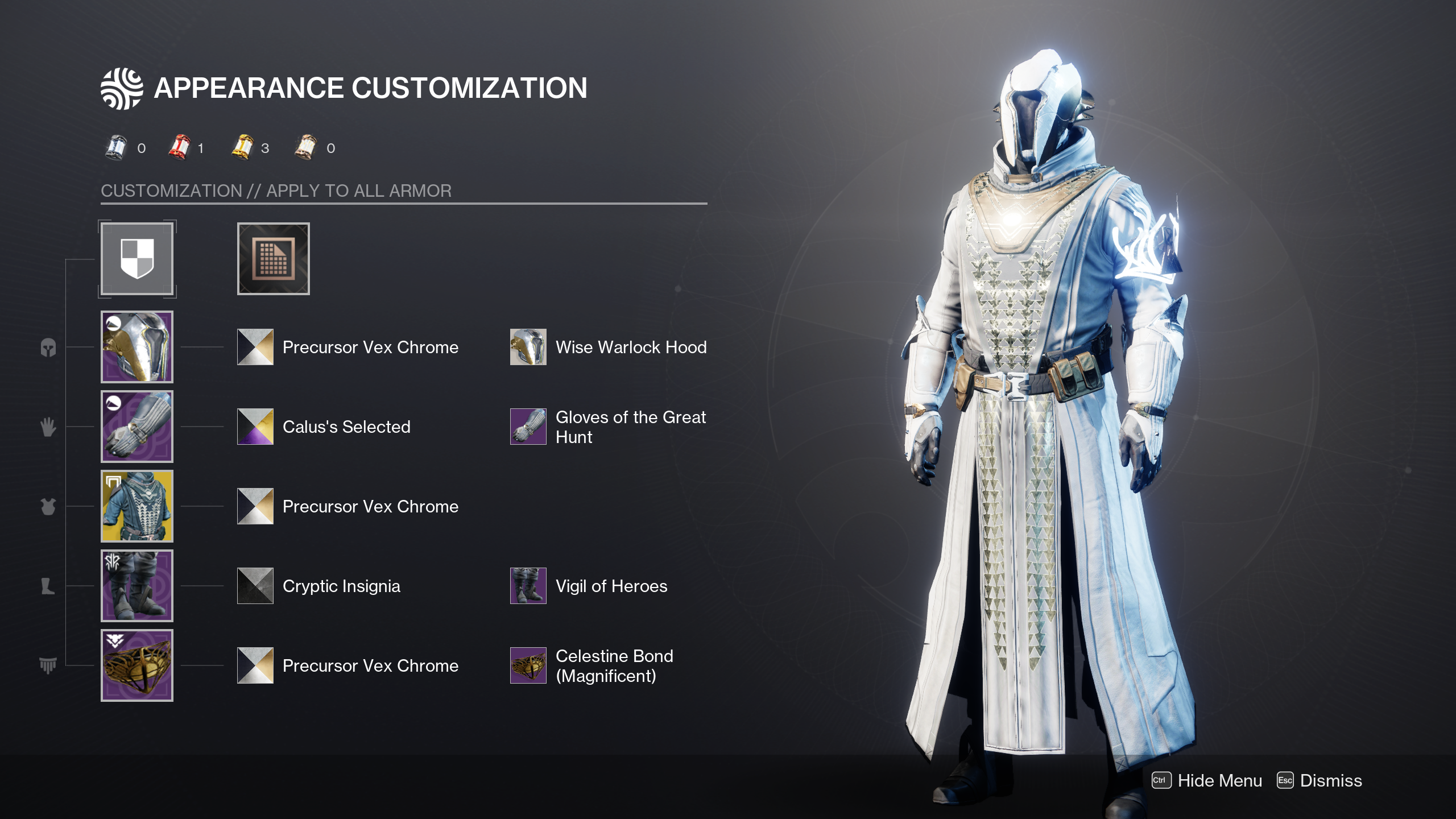
Destiny 2 also has many different ways to customize your Guardian's look and add personal flair to everything from your weapons, to armor and more. Here's an overview of each one, as well as information on how to acquire them.
- Emblems: Player profile backgrounds that are displayed between activities. Can be earned by completing triumph achievements.
- Seals: Titles that appear above your name during gameplay. Exclusively earned by completing a series of triumphs (for example, the Kingslayer Seal is earned by completing triumphs in the King's Fall Raid).
- Shaders: Unlimited use items that can be used to change the color and texture of a weapon, armor piece, ship, sparrow, or Ghost Shell. Can be obtained by dismantling gear that drops with a shader, from Bright Engrams, or by purchasing it from the Eververse store.
- Transmat Effects: Visual effects that display whenever you spawn. Can be obtained from Bright Engrams or by purchasing them from the Eververse store.
- Emotes: Animations that you can equip and perform in-game at any time. Can be obtained from Bright Engrams or by purchasing them from the Eververse store. Are also rarely obtainable as special triumph rewards.
- Finishers: Flashy combat animations that allow you to instantly finish off low health targets in combat (PvE only). Can be obtained from Bright Engrams or by purchasing them from the Eververse store.
- Ornaments: Items that completely change how a weapon or piece of armor looks. Can be obtained from Bright Engrams or by purchasing them from the Eververse store.
- Ghost Shells: Items that completely change the way your Ghost looks. Can be obtained from Bright Engrams or by purchasing them from the Eververse store. Also rarely offered as a triumph reward or as a random drop during specific activities.
- Ships: Ships that you fly into activities with. Can be obtained from Bright Engrams or by purchasing them from the Eververse store. Also rarely offered as a triumph reward or as a random drop during specific activities.
- Sparrows: Speeder bikes that you can use to traverse patrol spaces and other select areas quickly. Can be obtained from Bright Engrams or by purchasing them from the Eververse store. Also rarely offered as a triumph reward or as a random drop during specific activities.
Destiny 2 Eververse explained
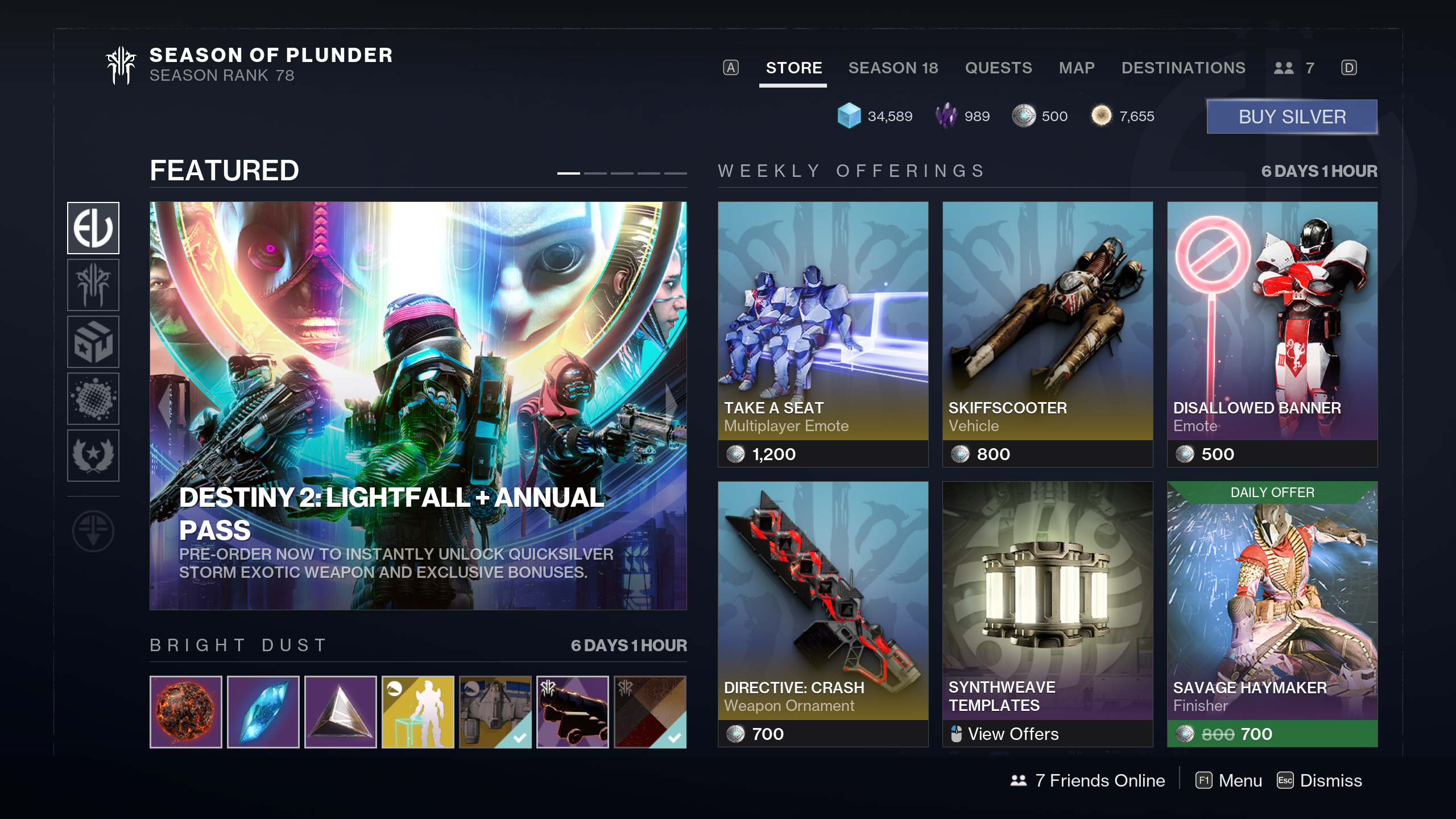
Destiny 2's Eververse store is the game's microtransaction shop where players can use Bright Dust or Silver — currencies obtained from completing Seasonal Challenges and select vendor challenges or by spending real money, respectively — to purchase customization items like the ones listed above. The items available for Bright Dust rotate weekly, while every unlock that requires Silver remains consistently available. Note that some items usually only available with Silver will occasionally become purchasable with Bright Dust as well, so don't forget to check the Eververse store's stock each week. Buying 1,000 Silver (the equivalent of $10) is also how players unlock each Season Pass.
As they play, players will occasionally get special engrams called Bright Engrams. These have a chance to drop a variety of the customization items mentioned above, and can be opened by going to the Store tab while they're in your Guardian's inventory.
Welcome to Destiny 2, Guardian
And that about wraps it up for our complete Destiny 2 beginner's guide. That was definitely a lot to take in, but remember to take things slow and get involved with the game's systems gradually so you don't feel overwhelmed. Destiny 2 may be incredibly complex, but once you get used to its structure, you'll hopefully understand why it's often considered one of the best Xbox games as well as one of the best PC games.
If you're interested in getting the next major expansion before it comes out, you can do so by preordering Destiny 2: Lightfall. This gives you instant access to some nice preorder bonuses, including exclusive customization items and the powerful Quicksilver Storm Exotic Auto Rifle that has a built in grenade launcher as well as the ability to fire micro-missiles alongside bullets.
Destiny 2: Lightfall
The upcoming Lightfall expansion takes players to the neon-soaked city of Neomuna on Neptune and pits them against the fearsome Shadow Legion — all while the threat of Darkness pyramids, The Witness, and his new disciple Emperor Calus looms overhead.
Brendan Lowry is a Windows Central writer and Oakland University graduate with a burning passion for video games, of which he's been an avid fan since childhood. He's been writing for Team WC since the summer of 2017, and you'll find him doing news, editorials, reviews, and general coverage on everything gaming, Xbox, and Windows PC. His favorite game of all time is probably NieR: Automata, though Elden Ring, Fallout: New Vegas, and Team Fortress 2 are in the running, too. When he's not writing or gaming, there's a good chance he's either watching an interesting new movie or TV show or actually going outside for once. Follow him on X (Twitter).
